I wanted to experiment further with double exposures in photoshop. For this I took two or more images from the shoot and lowered the opacity, then erased parts that overlapped till I was happy with the outcome.

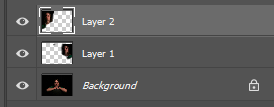
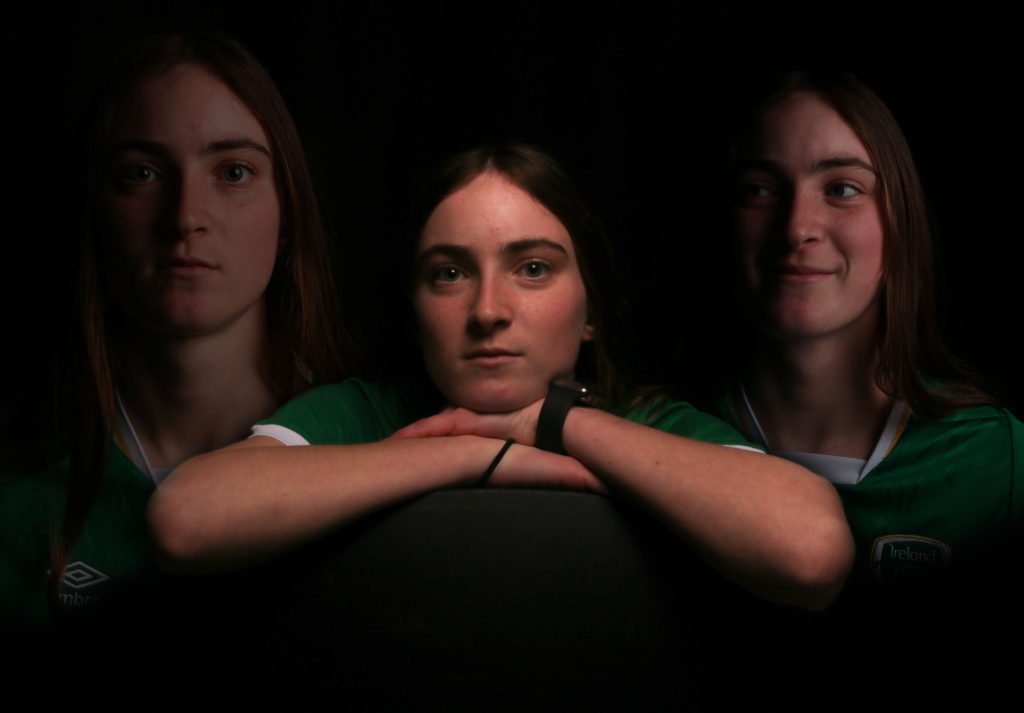
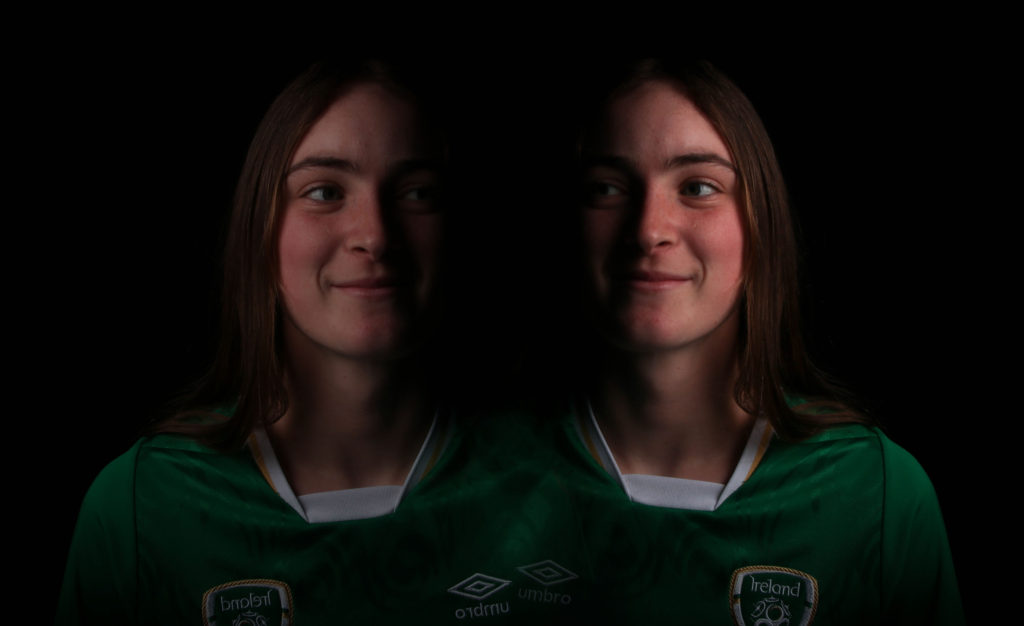
Mirror affect
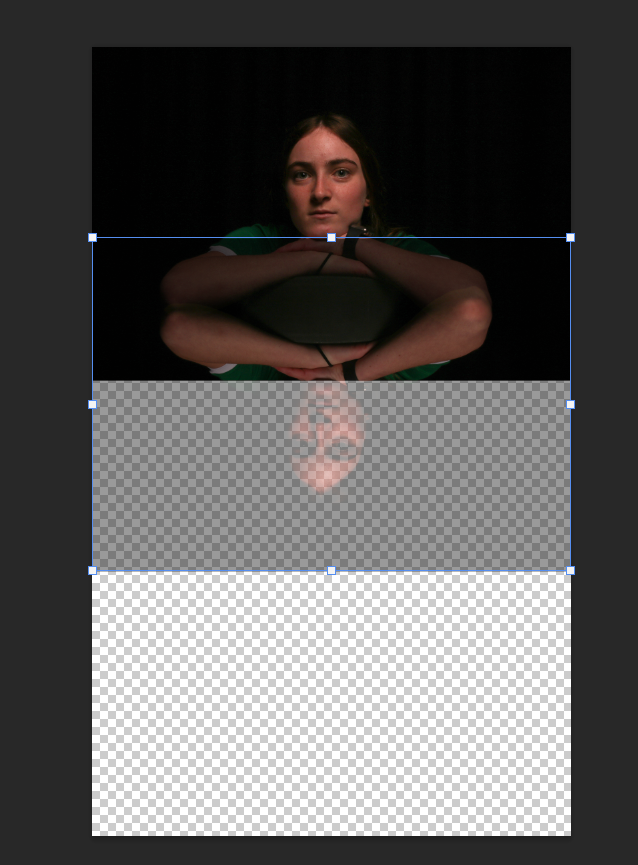

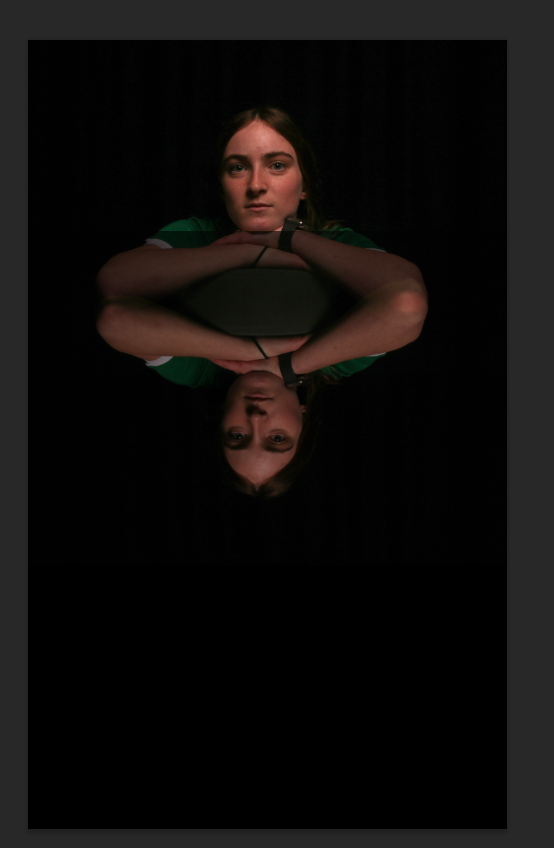
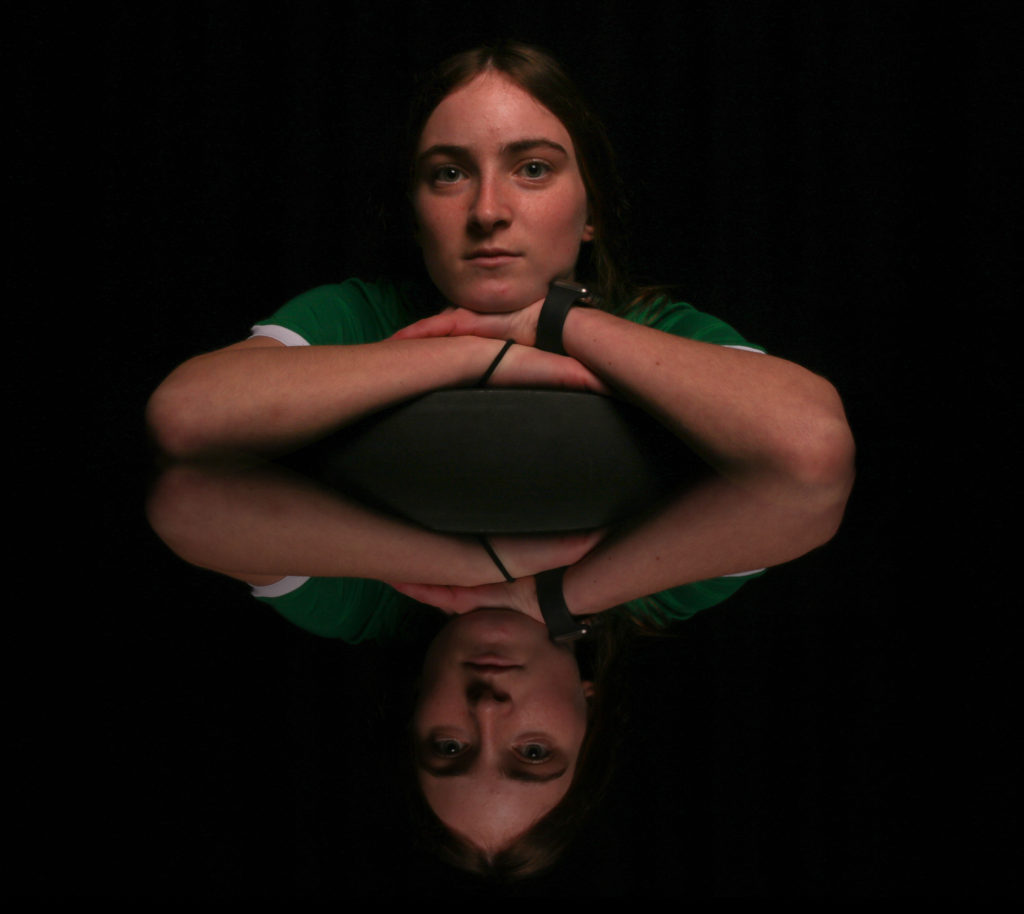
I wanted to experiment further with double exposures in photoshop. For this I took two or more images from the shoot and lowered the opacity, then erased parts that overlapped till I was happy with the outcome.




Mirror affect




Rembrandt lighting consists of a single light source placed on a 45 degree offset from the subject, about 5 feet away. Positioned roughly two feet higher than eye level, the light source is angled slightly downward and hits the side of the face that is farthest away from the camera. It creates a triangle on the side where the shadow is. Rembrandt lighting is used to create a mysterious or moody portrait. The viewer’s attention should be drawn to the triangle of light on the subject’s cheek. Typically this lighting was used for portrait subjects with round or full faces because it creates a slimming effect.

Light: Lighting styles are determined by the positioning of your light source. Rembrandt lighting is created by the single light source being at a 40 to 45-degree angle and higher than the subject. Use cans use both flashlights and continuous lights.
Lens: Use a 35mm or 50mm if space is at a premium – or if you’re looking at including more of the subject than just the head and shoulders. A 50mm works really nicely for portraits and will give a nice depth of field if you’re shooting at a shallow aperture. But a 35mm will give you a wider point of view and is great to fit more of the body in of your subject.
Where does it come from?
Rembrandt lighting takes its name from the famous Dutch painter Rembrandt. He was a master of the chiaroscuro technique. And he often used this kind of light in his paintings, particularly in his self-portraits. Rembrandt loved to paint himself with this kind of light.
Camera obscura and Pinhole photography
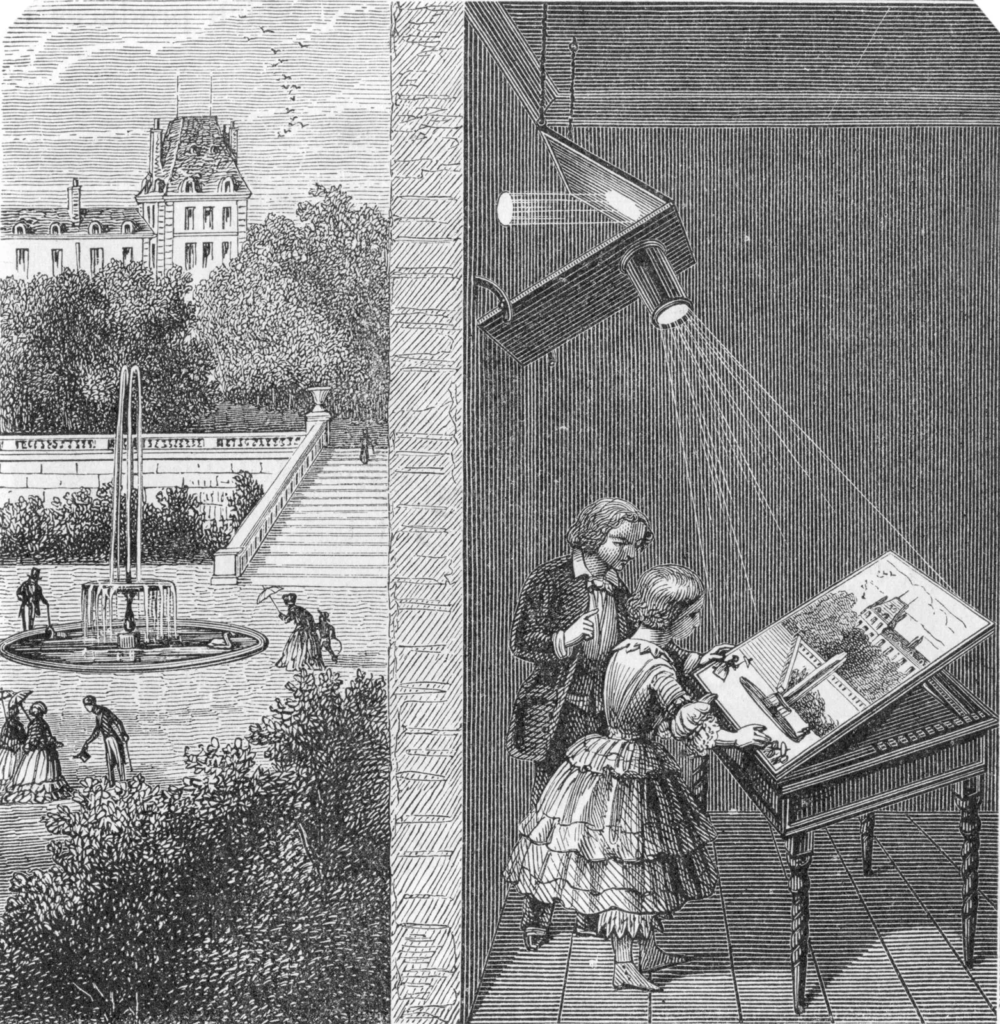
The invention of the camera obscura was the first step towards the creation of modern photography. Consisting of a box or tent with a small pinhole to allow the beam of light to travel into the space and project reversed and inverted imagery of the exterior onto a surface within, the camera obscura’s name derives from the Latin for ‘dark chamber’. The earliest examples of this invention date from ancient times, with the first use being as a medium through which to safely view solar eclipses. It then, by the 16th century, had evolved to be a way for artists to trace their subject by placing them outside.
The camera obscura began to be adapted for portability, with smaller versions being created with the interior painted black and the use of a small angled mirror to allow the image to be viewed the correct way up.
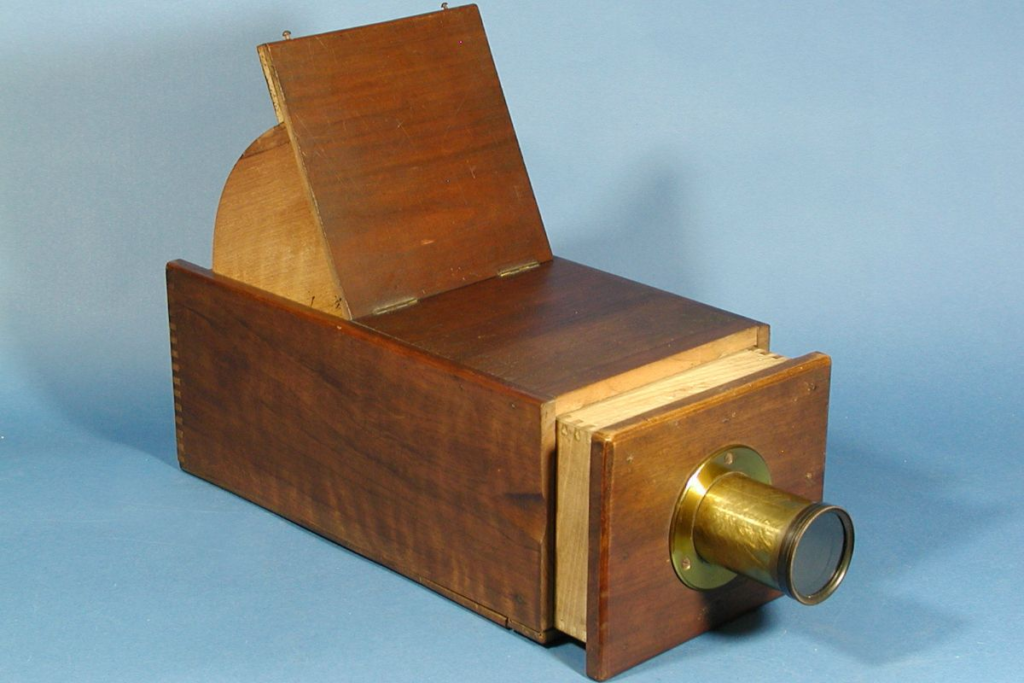
Pinhole photography refers to the lensless technique of photography, utilising the most basic components of the medium, with a lightproof box, a tiny aperture and light-sensitive material. The images produced by these cameras are always wide-viewed and they have an almost infinite depth of field – owing itself to the small aperture.

The earliest known record of these devices comes from the Fifth Century BC, by the Mohist philosopher Mozi. Essentially this is the same concept as that of the camera obscura, only with the use of photographic film or paper.
Nicéphore Niépce and Heliography
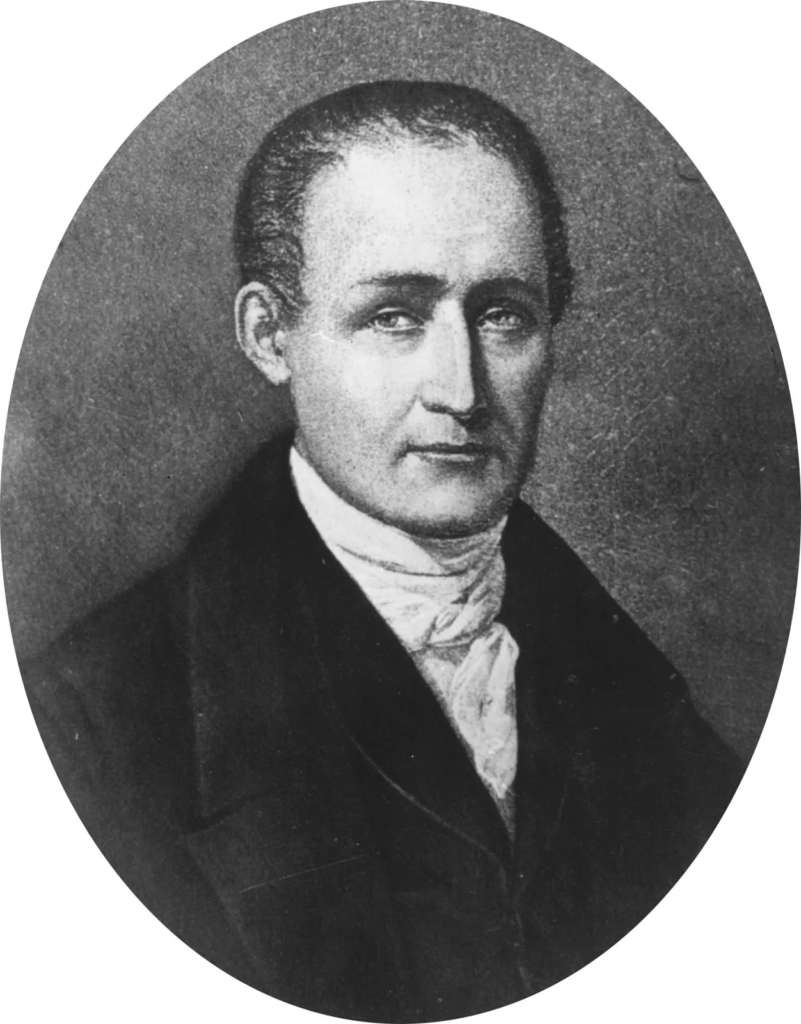
Nicéphore Niépce (1765 – 1833) is perhaps one of the most important figures in the birth of modern photography, providing the invention which allowed him to produce the first ever permanent photograph in 1827. He called this a ‘Heliograph‘ – meaning sun drawing.
Before this, in 1813, lithography was a popular hobby in France and Niépce found himself unable to obtain proper lithographic stone locally. He subsequently began experimenting with sheets of pewter, coating them in light-sensitive substances to capture engravings with the use of sunlight.
This was the beginning of many years of experimentation with various light sensitive materials on pewter eventually culminating in the final successful image, created using bitumen of Judea, a kind of asphalt which hardens on exposure to light.

Louis Daguerre and his Daguerreotype
Following on from Niépce’s story, in 1839, Daguerre finally persuaded him to allow partnership and further development of the technique Niépce had created, leading to the birth of the Daguerreotype.

Louis Daguerre (1787 – 1851) was a French painter who managed to greatly reduce the exposure time of heliographic production following Niépce’s death in 1833 through discovery of a chemical process that made the invisible image formed on brief exposure visible.
These experiments and Niépce’s initial findings led to the creation of the Daguerreotype, which is viewed as the first successful form of photography.
Robert Cornelius and Self-portraiture

Robert Cornelius (1809 – 1893) was the creator of the very first self-portrait image and the oldest known intentional photographic portrait of a person made in the United States.
The portrait, taken outside Cornelius’ family’s Philadelphia gas lighting business in late October 1839.His image was taken using a makeshift camera that used an opera glass as a lens, and the process required that he sit, motionless, in front of the camera for 10 to 15 minutes to allow the exposure to complete.
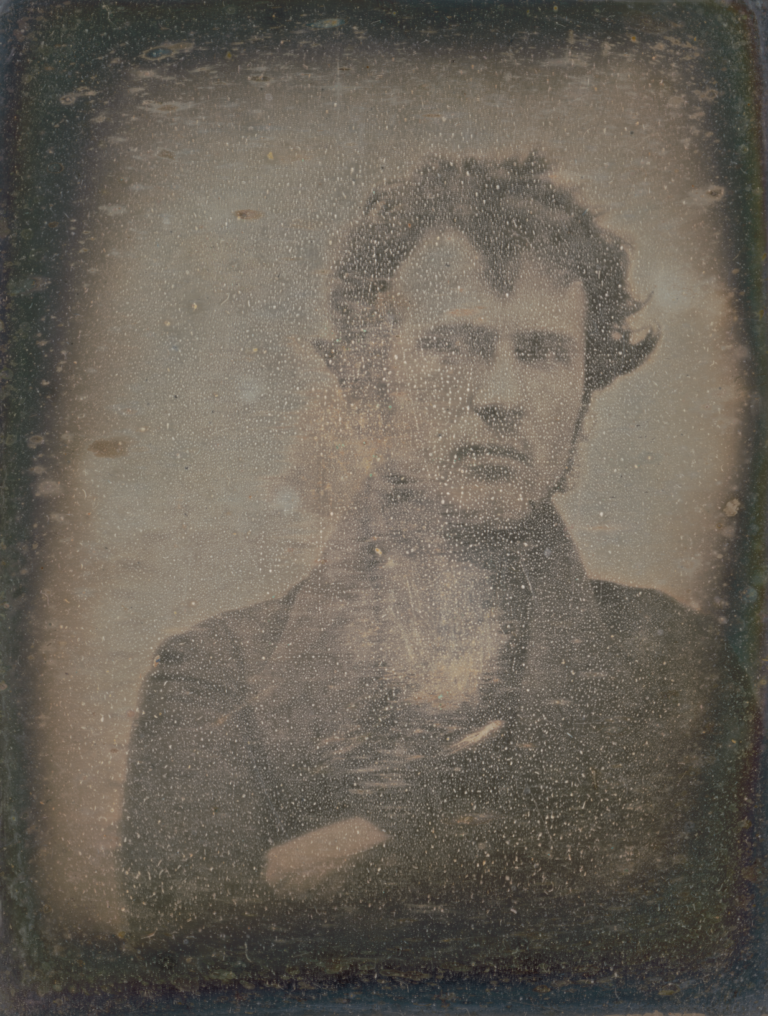
Henry Fox Talbot and his Calotype

Henry Fox Talbot (1800 – 1877) and his discoveries were critical in cutting down the exposure time of the Daguerreotype from one hour to one minute.
He used a sheet of paper coated in silver chloride in a camera obscura that when exposed to light became dark; resulting in the areas hit by light being dark, creating a negative image. The feature which led to his revolutionising of exposure time was his discovery of gallic acid, which allowed him to accelerate the development of the image. This discovery was made in 1840, and he named his process the ‘calotype‘.
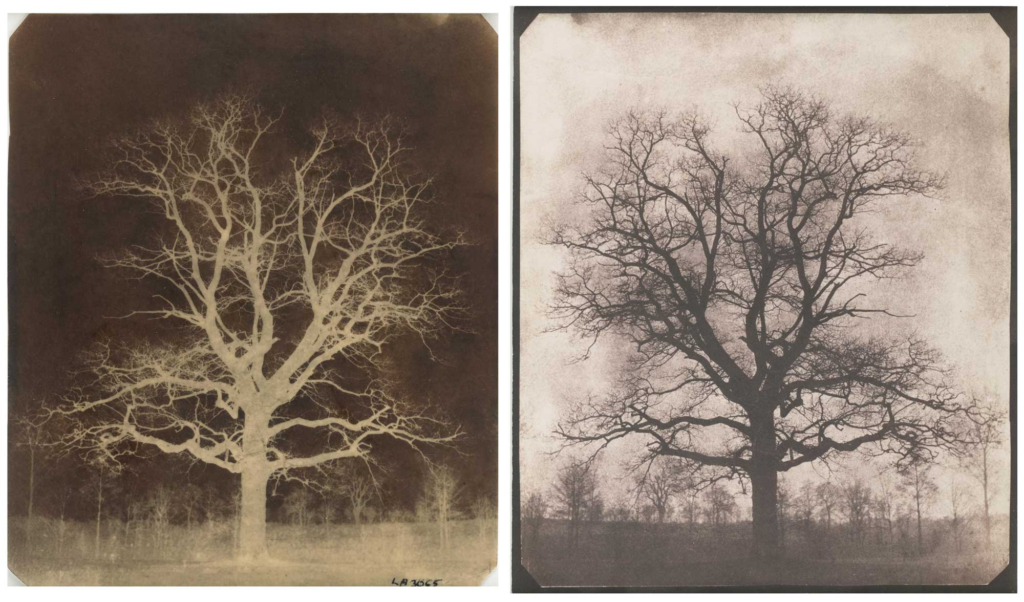
The production of negatives was a real point of progress on the Daguerreotype, as this allowed the repeated reproduction of the image through a simple process of contact printing, as opposed to a singular positive image on metal which could not be reproduced. In 1842, he was awarded a medal by the British Royal Society for his revolutionary discovery.
Julia Margaret Cameron & Pictorialism
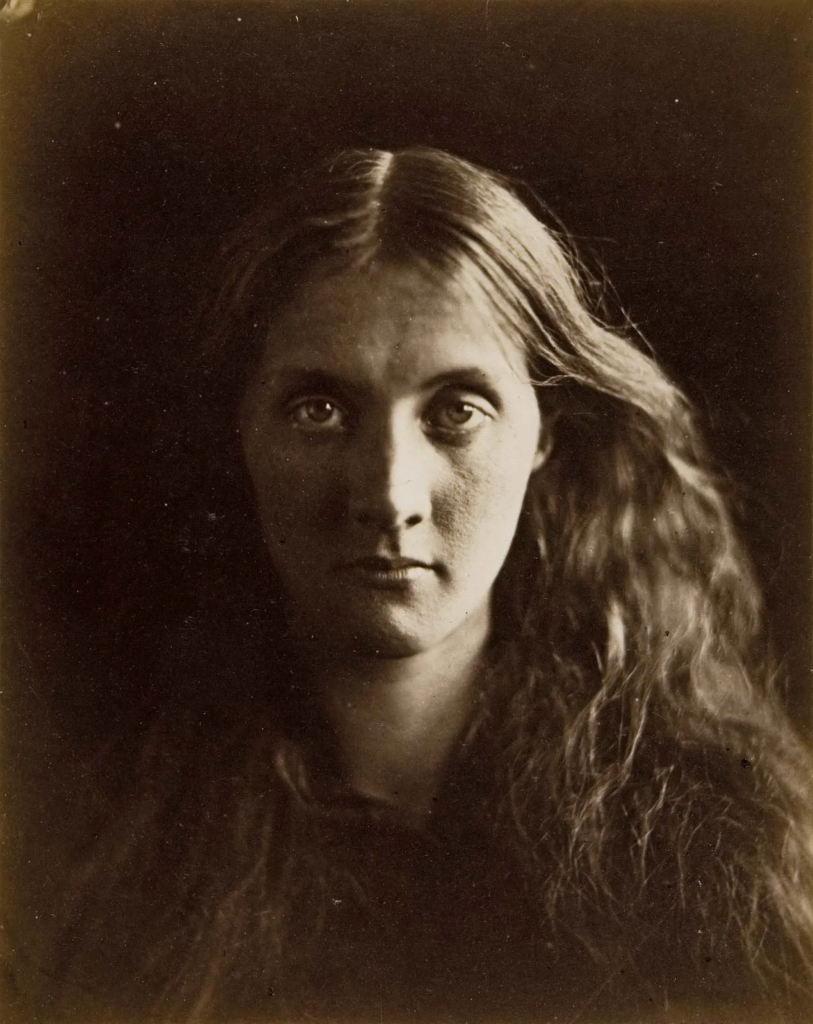
Julia Margaret Cameron (1815-1879), considered to be one of the greatest portrait photographers of all time, composed her images as though they aimed to imitate the popular Romantic and Pre-Raphaelite paintings of the day – a technique known as pictorialism.
Cameron received her camera late in her life, in 1863, as a gift from her daughter and son-in-law and began photographing as an amateur. Despite this she immediately viewed the activity as a professional one, ‘vigorously copyrighting, exhibiting, publishing, and marketing her photographs. Within eighteen months she had sold eighty prints to the Victoria and Albert Museum, established a studio in two of its rooms, and made arrangements with the West End printseller Colnaghi’s to publish and sell her photographs.’
She was certainly one of the pioneers in the endeavour to establish photography as an art form, with her portraits of friends, family and household staff emulating the romanticism and magic found in the painted portraits of the time.

Many of her models complained of discomfort when being photographed, with the apparently interminable exposure irritating them as they found it very difficult to sit still for such a long time. One said this of the experience;
“The studio, I remember, was very untidy and very uncomfortable. Mrs. Cameron put a crown on my head and posed me as the heroic queen. … The exposure began. A minute went over and I felt as if I must scream, another minute and the sensation was as if my eyes were coming out of my head; a third, and the back of my neck appeared to be afflicted with palsy; a fourth, and the crown, which was too large, began to slip down my forehead; a fifth—but here I utterly broke down, for Mr. Cameron, who was very aged, and had unconquerable fits of hilarity which always came in the wrong places, began to laugh audibly, and this was too much for my self-possession, and I was obliged to join the dear old gentleman.”
Overall, within her 12 year photographic career, she produced some 900 pictures, documenting many public figures of the time (e.g. Charles Darwin, Alfred Lord Tennyson, Robert Browning) and providing valuable insight into Victorian society.
Henry Mullins and the Carte-de-Visit
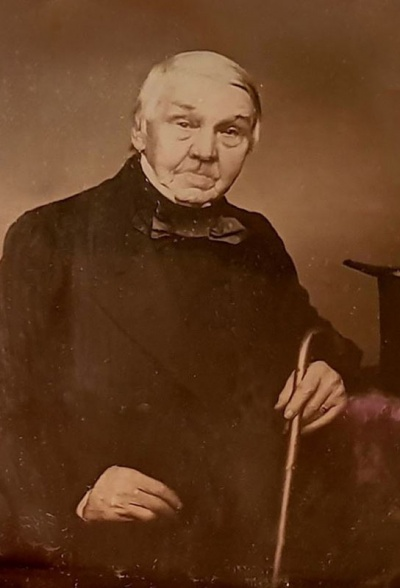
Henry Mullins was the first commercial studio photographer to have his premises in Jersey. He moved to Jersey, from Regent Street, London, in July 1848, and set up his studio as the Royal Saloon at 7 Royal Square. He worked in this studio for the next 26 years, and created many key portraits in Jersey’s history, including one of Dean Le Breton, the father of Lillie Langtry. It was a rather expensive practice, to get one’s portrait taken, and so the majority of his subjects (the exceptions being members of the Royal Militia Island of Jersey, for whom it was very popular to have one’s photo taken) were the island’s most affluent and ‘well-to-do’ inhabitants.

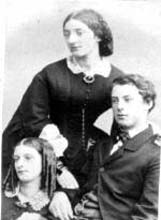
Cartes de visite where Mullins’ speciality, being small images that were the size of a business card, popular for their portability and ease. The majority of the archived images taken by Henry Mullins are in this form.

Here is a set of some of his portraits – all of prominent islanders of the time.
Bibliography
Camera obscura and Pinhole photography – https://www.britannica.com/technology/camera-obscura-photography
https://parallaxphotographic.coop/beginners-guide-to-pinhole-photography/
Nicéphore Niépce and Heliography –
https://www.britannica.com/biography/Nicephore-Niepce
Louis Daguerre and his Daguerreotype –
https://www.britannica.com/biography/Louis-Daguerre
Robert Cornelius and Self-portraiture – https://blogs.loc.gov/loc/2022/07/robert-cornelius-and-the-first-selfie/
Henry Fox Talbot and his Calotype –
https://www.britannica.com/biography/William-Henry-Fox-Talbot
https://www.britannica.com/technology/calotype
Julia Margaret Cameron & Pictorialism –
https://www.metmuseum.org/toah/hd/camr/hd_camr.htm
Henry Mullins and the Carte-de-Visit –
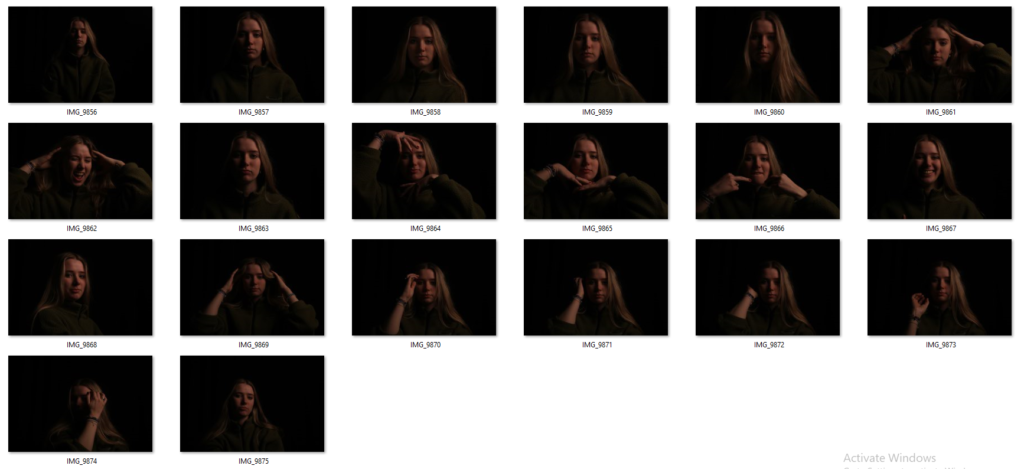

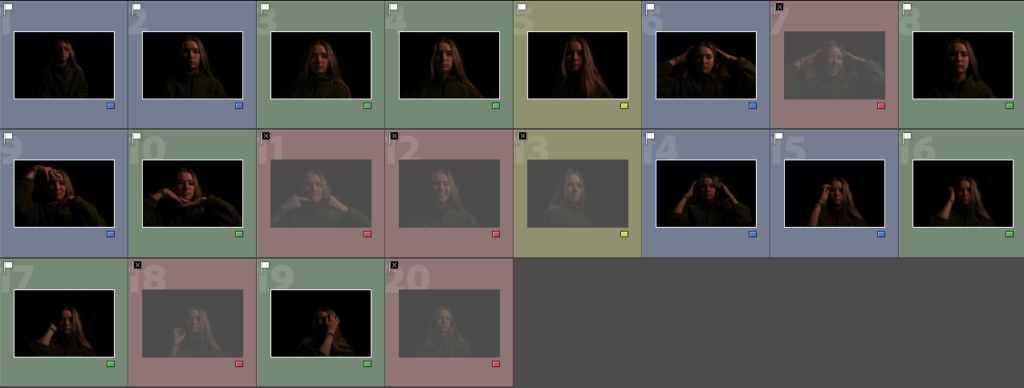
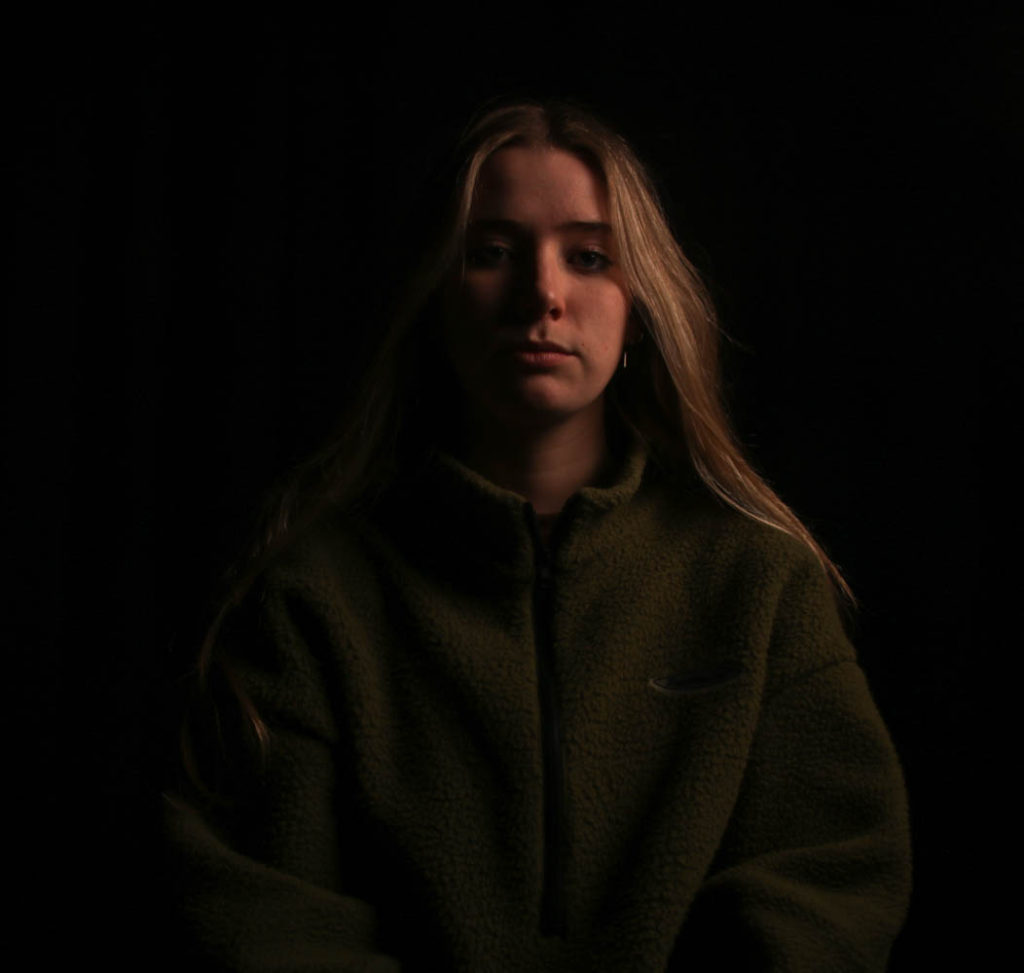


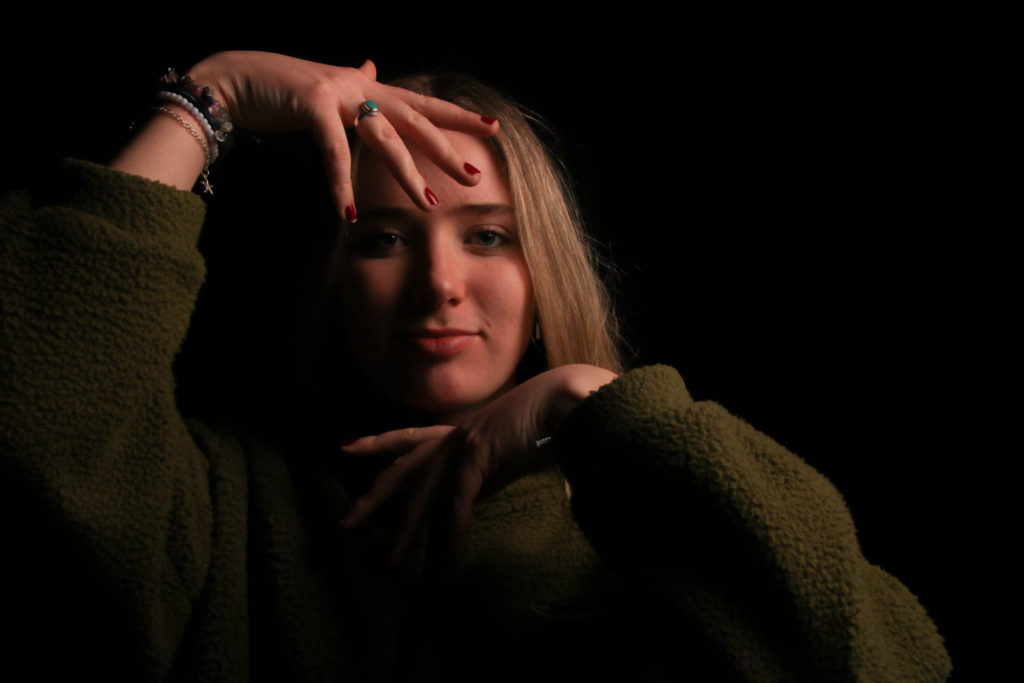

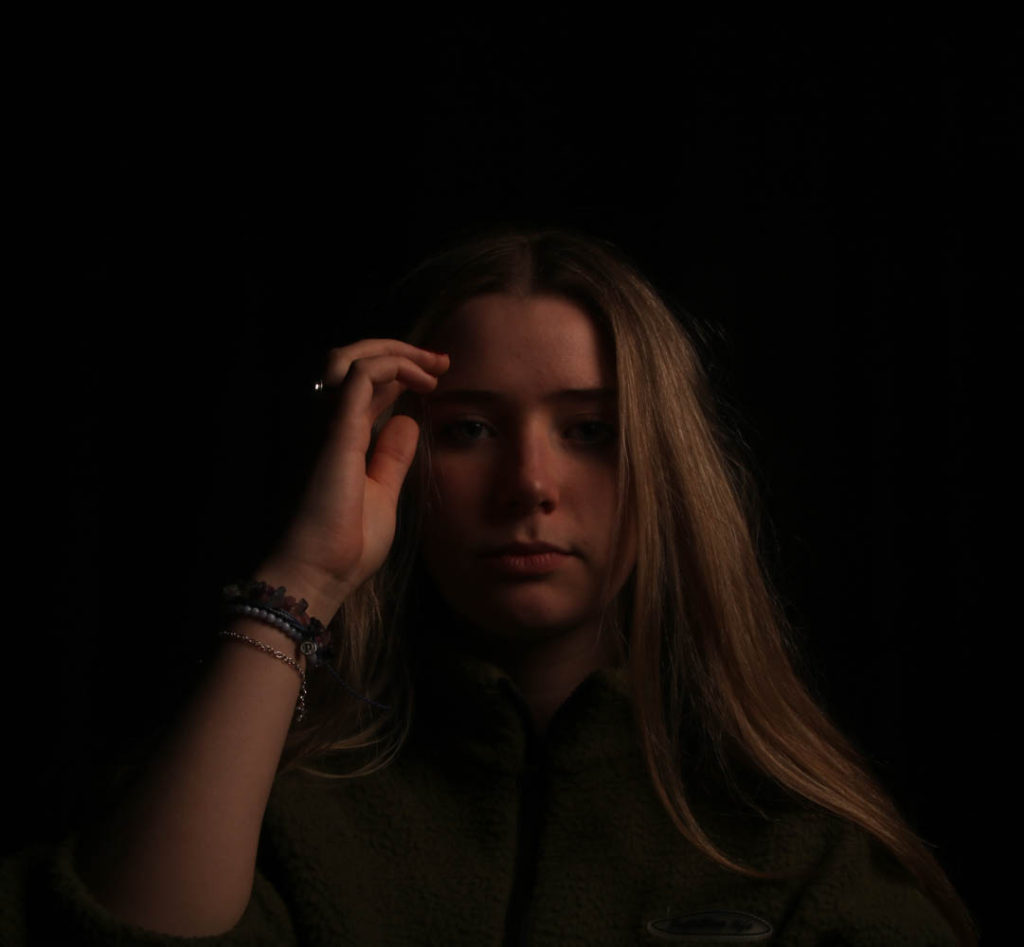

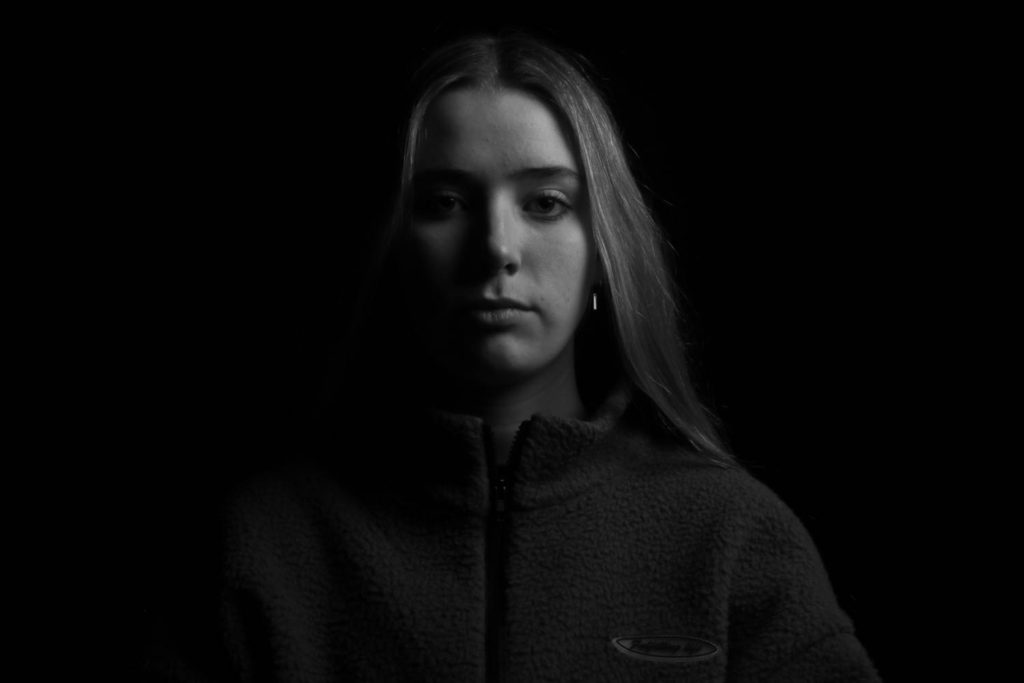
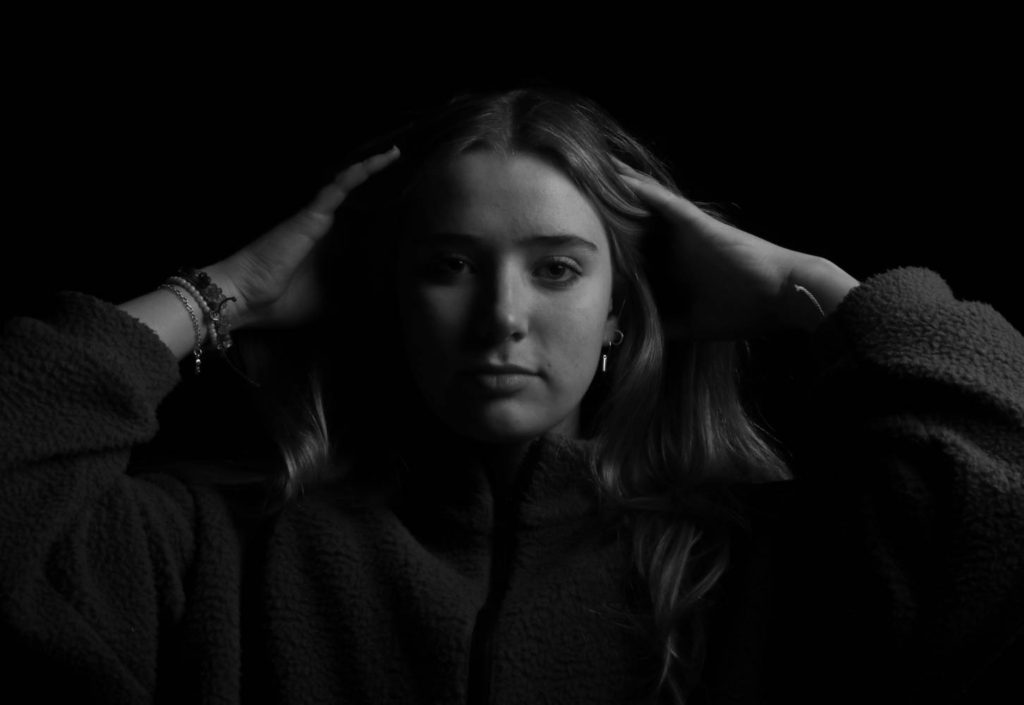
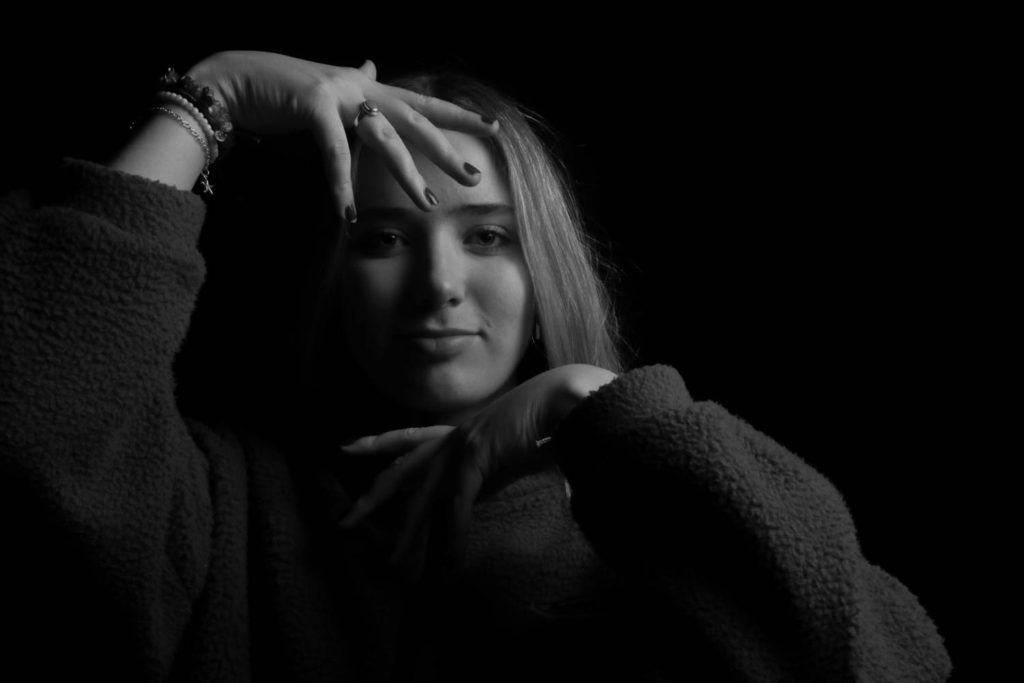

CONTACTC SHEET
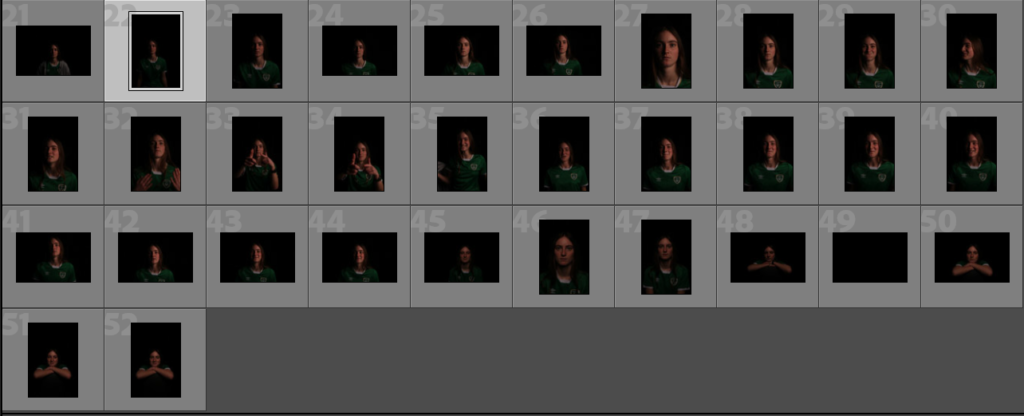
I flagged the images I wanted to edit:
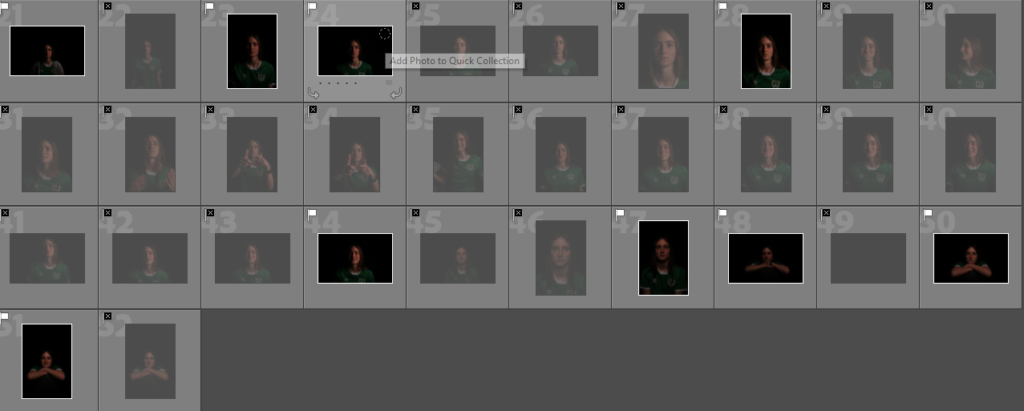
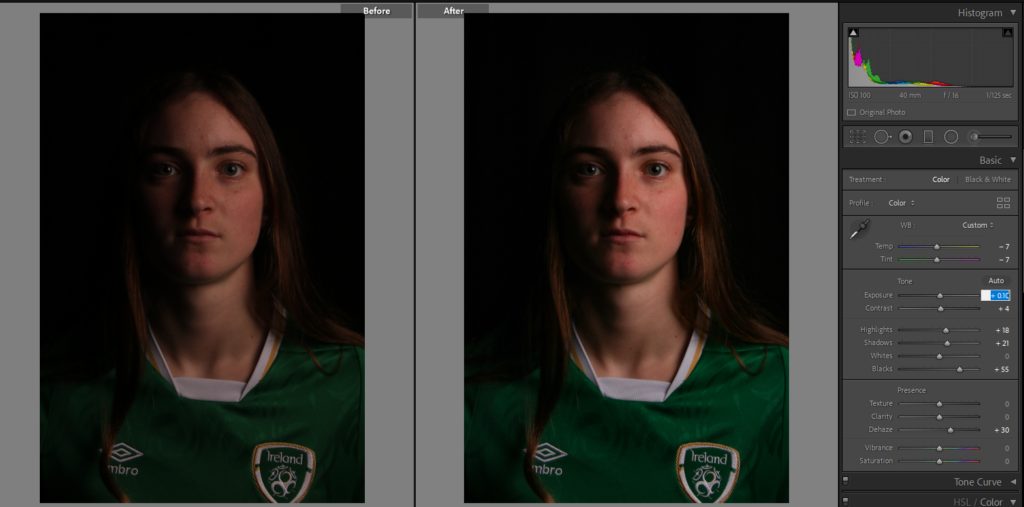

EDITS – Rembrandt lighting
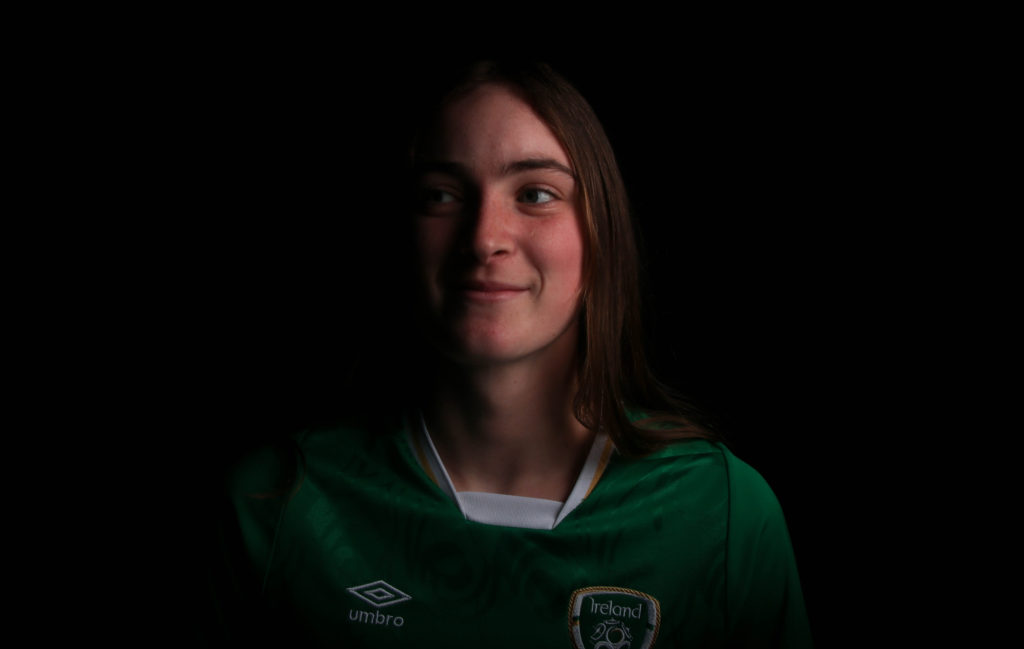
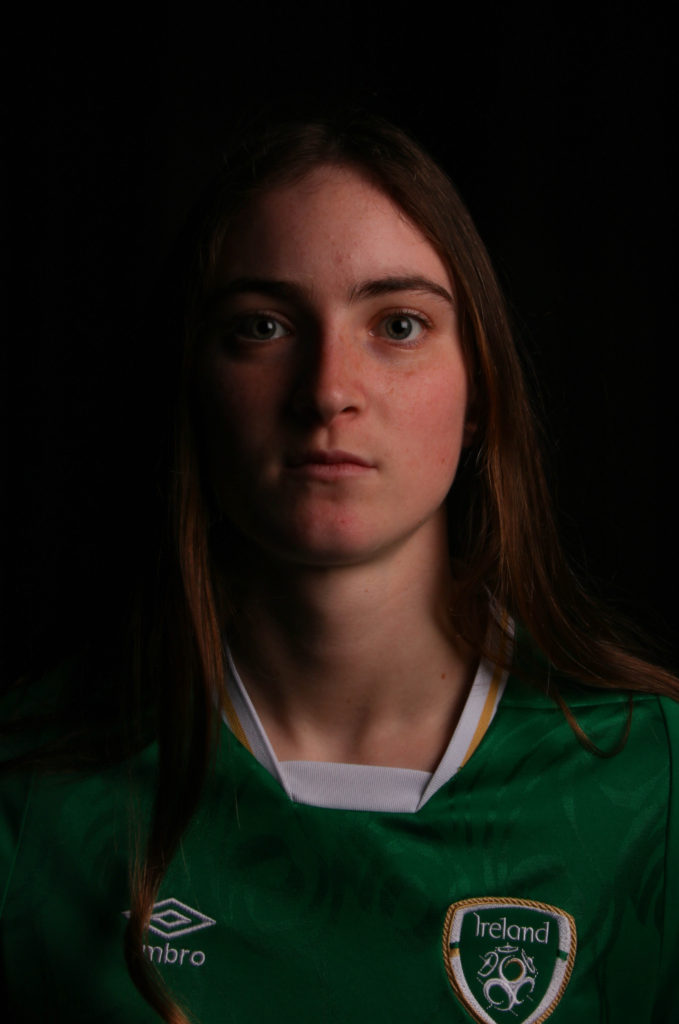
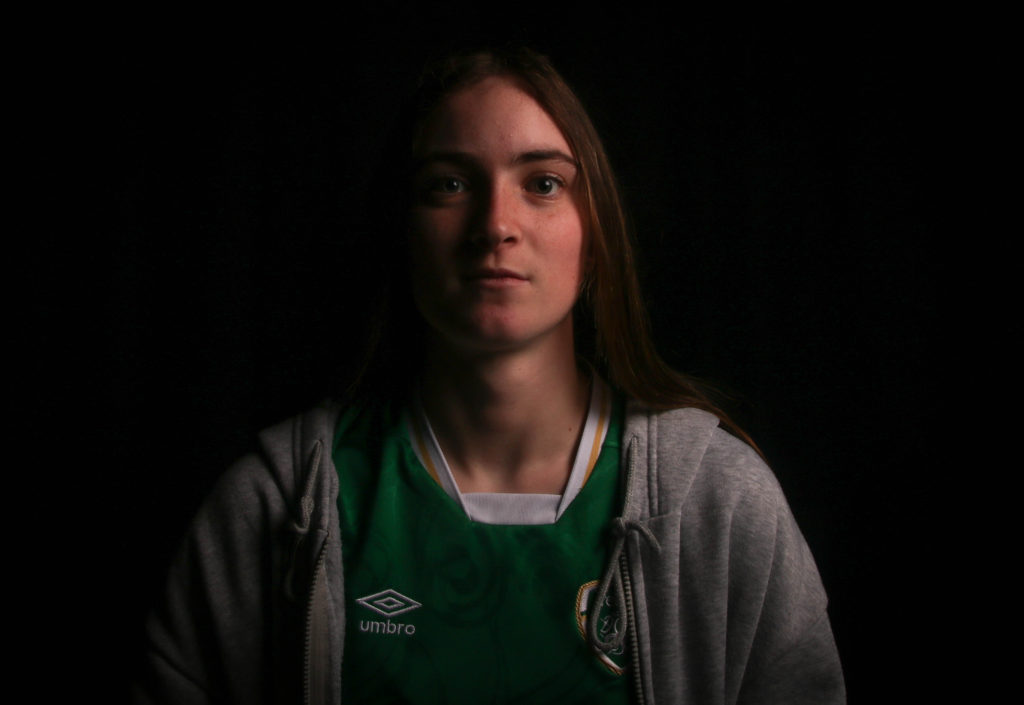
Butterfly lighting

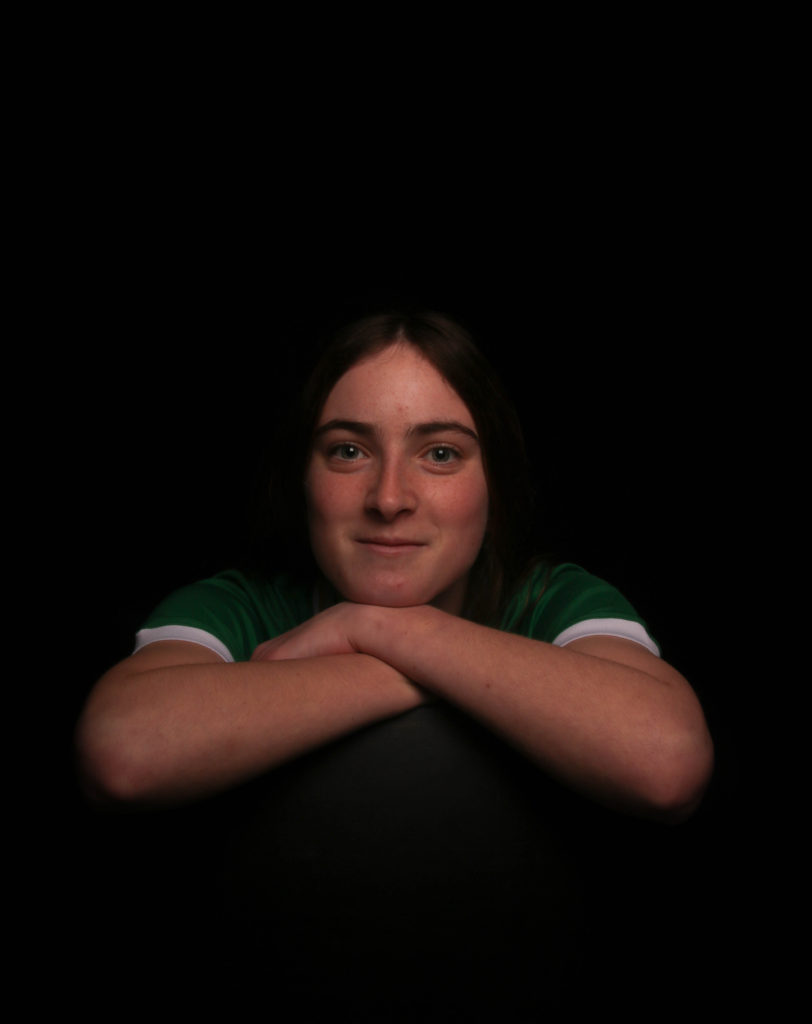
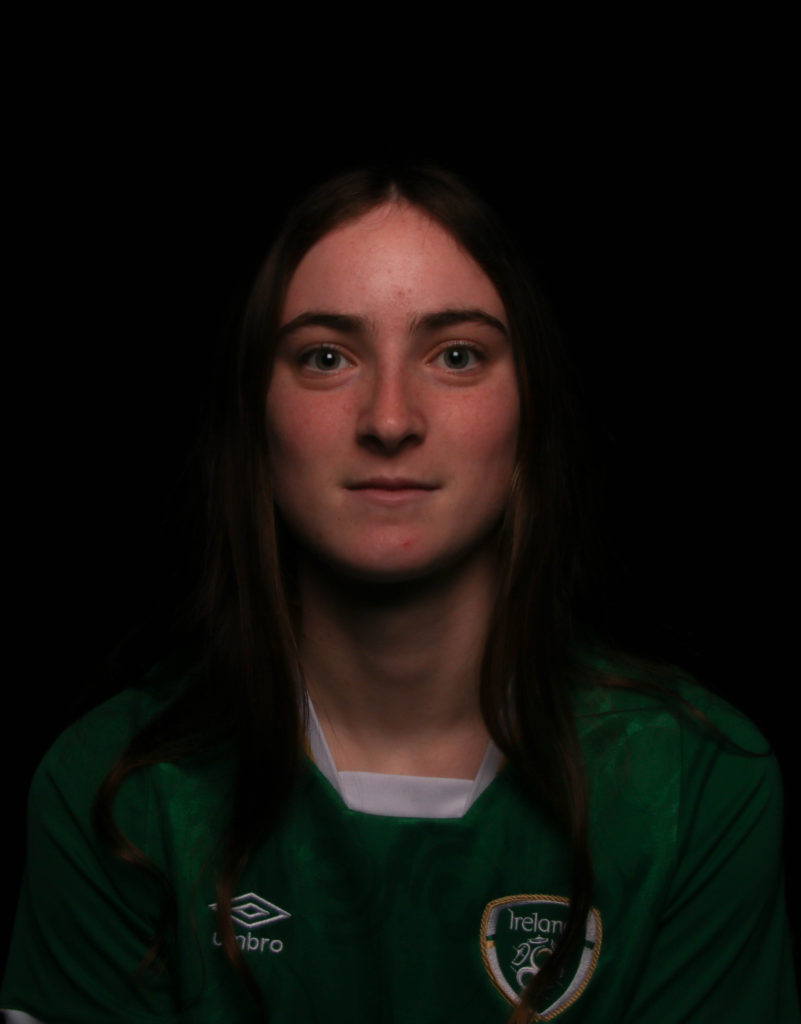
A camera obscura is a dark room with a small hole in one wall. When it’s bright outside, light enters through the hole and projects an upside down image of the outside world onto the wall opposite the hole. The word camera obscure means Darkened room. It blacks out a room from light and creating a small hole lens in the wall. It uses two ways of manipulating light which is refraction and projection.
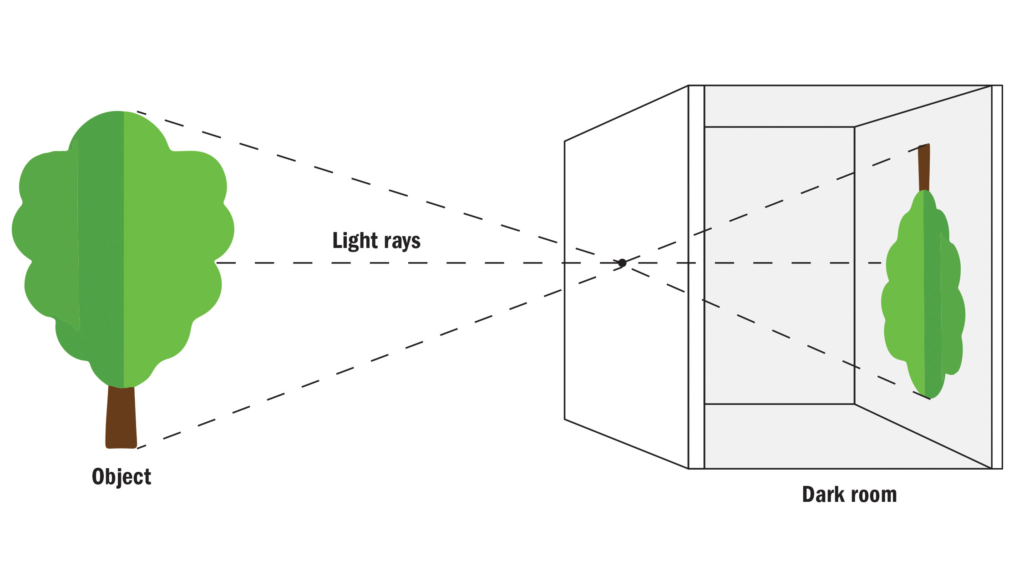
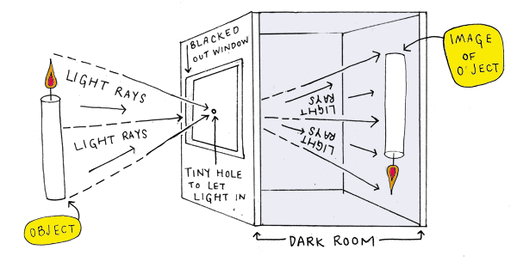
Ibn al-Haytham is the person who invented the camera obscura and the pinhole camera which is based on the same idea. He carried out experiments with candles and described how the image is formed by rays of light travelling in straight lines. It was used to study eclipses without risking damaging peoples eyes by looking directly into the sun. It also allowed tracing the projected image to produce a highly accurate representation.

Niépce developed heliography, a technique that he used to create the world’s oldest surviving product of a photographic process: a print made from a photoengraved printing plate in 1825. In 1826, during this period of fervent experimentation he used a primitive camera to produce the oldest surviving photograph of a real world scene.

Heliography is a photographic process that was invented by Nicéphore Niepce. In some cases – it is still used today (mainly for photo engraving). It was the process of Heliography that created the first and earliest known permanent photograph, taken from a nature scene.
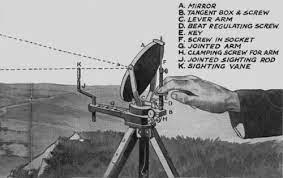
Louis Daguerre is a French painter and physicist who invented the first practical process of photography, known as the daguerreotype in 1837 which is named after him. This process made it possible to capture the image seen inside a camera obscura and preserve it as an object. It was the first practical photographic process and ushered in a new age of pictorial possibility. Daguerreotypes were very expensive, so only the wealthy/upper class could afford to have their portrait taken. It was also used to record many other images such as topographic and documentary subjects, antiquities, still lives and natural phenomena.


Daguerreotypes are easily identified by a mirror-like, highly polished silver surface and its dually negative/positive appearance when viewed from different angles or in raking light. Daguerreotypes are typically housed in miniature hinged cases made of wood covered with leather, paper, cloth, or mother of pearl, It is not flexible and is very heavy but The final product of the daguerreotype is accurate, detailed and sharp.
William Henry Fox Talbot who was credited as the British inventor of photography, revolutionised photography in Britain. Talbot was an expert in many fields including chemistry and optics . He invented the first photographic negative process which became the basis for virtually all photography that followed.In 1834 he discovered how to make and fix images through the action of light and chemistry on paper. These ‘negatives’ could be used to make multiple prints and this process revolutionised image making.

He invented the calotype as he was frustrated by his own lack of skill as a draftsman, Talbot began experimenting with the possibility of creating accurate images of the world through mechanical and chemical means. He was determined to find an alternative way of recording the natural world, without relying upon an artist’s direct hand. He began experimenting with light-sensitive chemical solutions, and developed the “photogenic drawing” process in 1834.
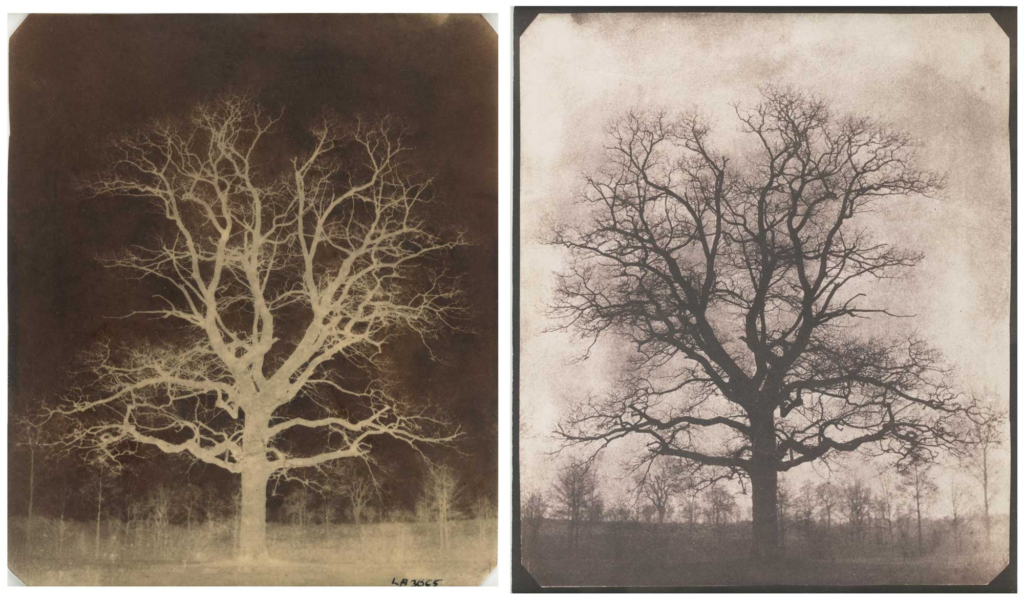
The calotype was the first ever negative-to-positive image process: a piece of paper bathed in chemicals so that it became light sensitive was placed inside the camera, which recorded a negative image on the paper upon exposure to light. The are made by brushing the best quality drawing or writing paper with a solution of silver nitrate, drying the paper, and then immersing it in a solution of potassium iodide to form a light-sensitive layer of silver iodide.
Cornelius, is a chemist and a photography enthusiast from Philadelphia, Shot the world’s first ever photo that portrayed a person’s face in October 1839 , It was a self portrait, of him gazing pensively. In the backyard of his family’s light fixture store.
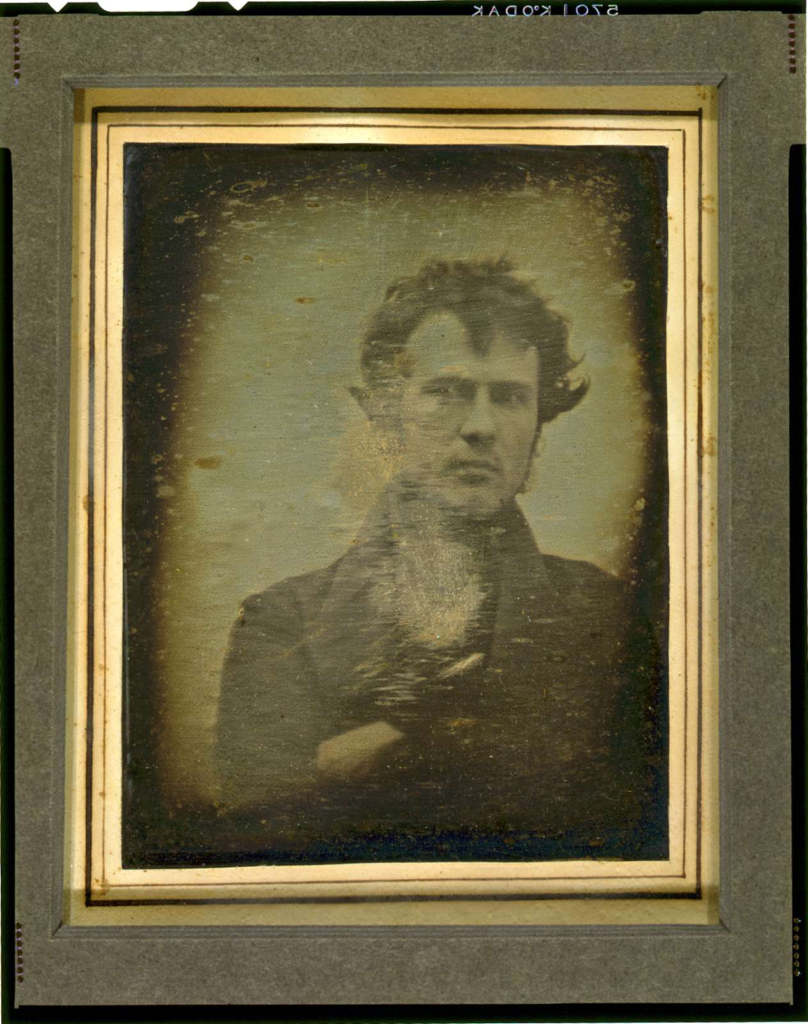
Cornelius had set his camera up at the back of the family store in Philadelphia. He took the image by removing the lens cap and then running into frame where he sat for a minute before covering up the lens again Since The exposure time was around 10-15 minutes. On the back he wrote “The first light Picture ever taken. 1839.” Rachel Wetzel of the Library’s Conservation Division stated “Taking a portrait is astounding in 1839,”. This was the start of something new at the time, influencing the future generations and its photography.
Julia Margaret Cameron is regarded as one of Britain’s foremost photographers and one of the leading portraitists of the 19th century. She was born on June 11, 1815 in Calcutta (which then belonged to British India), as her father was an official in the British East India Company. She is known for her soft-focus close-ups of famous Victorian men and women, for illustrative images depicting characters from mythology, Christianity, and literature, and for sensitive portraits of men, women and children.

Pictorialism represented both a photographic aesthetic and a set of principles about photography’s role as art. It is an approach to photography that emphasizes beauty of subject matter, tonality, and composition rather than the documentation of reality. Pictorialists believed that photography should be understood as a vehicle for personal expression on par with the other fine arts. The Pictorialist perspective was born in the late 1860s and held sway through the first decade of the 20th century. It approached the camera as a tool that, like the paintbrush and chisel, could be used to make an artistic statement. This meant that photographs could have aesthetic value and be linked to the world of art expression.
Henry Mullins started working at 230 Regent Street in London in the 1840s and moved to Jersey in July 1848, setting up a studio known as the Royal Salon. Initially he was in partnership with a Mr Millward, who is not a very known Photographer. By the following year he was working alone and he continued to work out of the same studio for another 26 years. 1860s he also worked in London for a bit, but judging by the collection of his photographs which is now held by La Société Jersians’, he found plenty of willing sitters in the island prepared to pay lots of money have their portrait taken by him. Mullins became most famous for his cartes de visite and the photographic archive of La Société, that contains a large collection of 9600 images, the online archive holds photos mainly in sets of 16 photographs taken at a single sitting. As photographs were expensive at the time, Henry mainly photographed Jersey’s affluent and influential people, including their families of the more important officers. Long hair, whiskers and beards were shown to be in fashion in the mid-1800s from Mullins’ photos. Due to this and the styling of the portraits, it is difficult to tell the difference between some of the officers in the portraits.

1st photoshoot- DIAMOND CAMEO
Four small oval portraits (1″ x 3/4“) were placed on a carte de visite in the shape of a diamond, each portrait being of the same person photographed in a different position.

Experimenting/ attempting to create a diamond cameo with other portraits from previous photoshoots:

Using the Elliptical marquee tool I was able to cut out these shapes, on two of them I just rotated and flipped them to create a different angle/perspective.
2nd photoshoot- MONTAGE
The process and the result of making a composite photograph by cutting, gluing, rearranging and overlapping two or more photographs into a new image.

Experimenting/ attempting to create a montage with pictures from previous photoshoots:
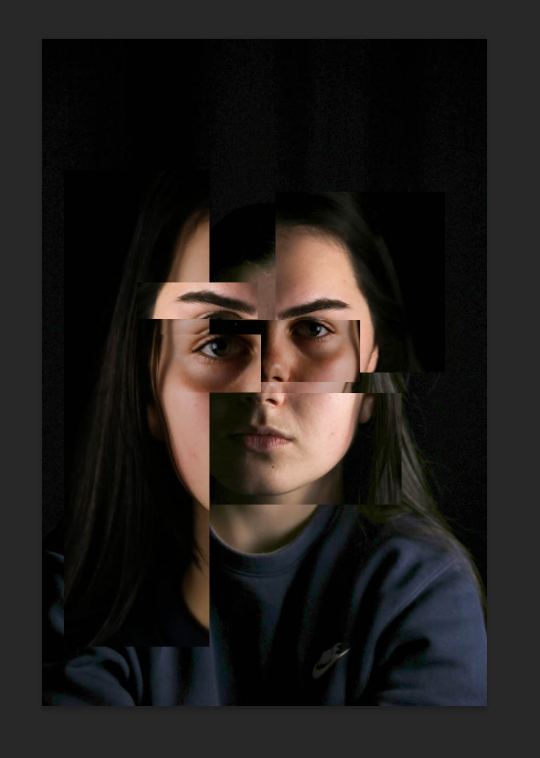
3rd photoshoot- DOUBLE/MULTI-EXPOSURE
a technique where two or more exposures are made on the same piece of film or digital media. By overlaying different images, double – or multiple exposure can create unique and unexpected results.















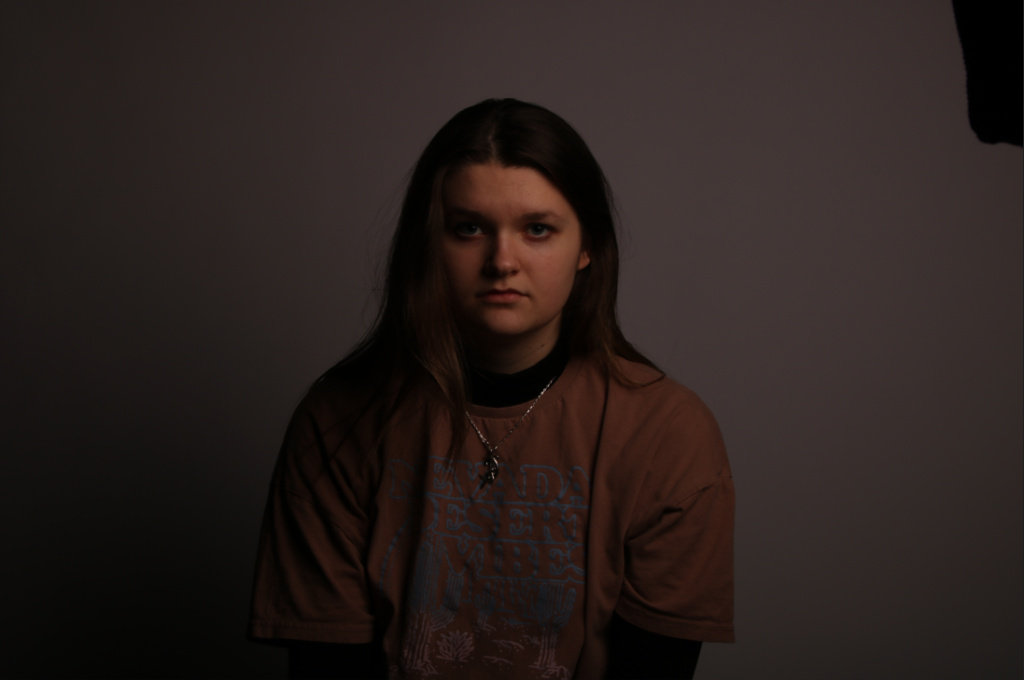
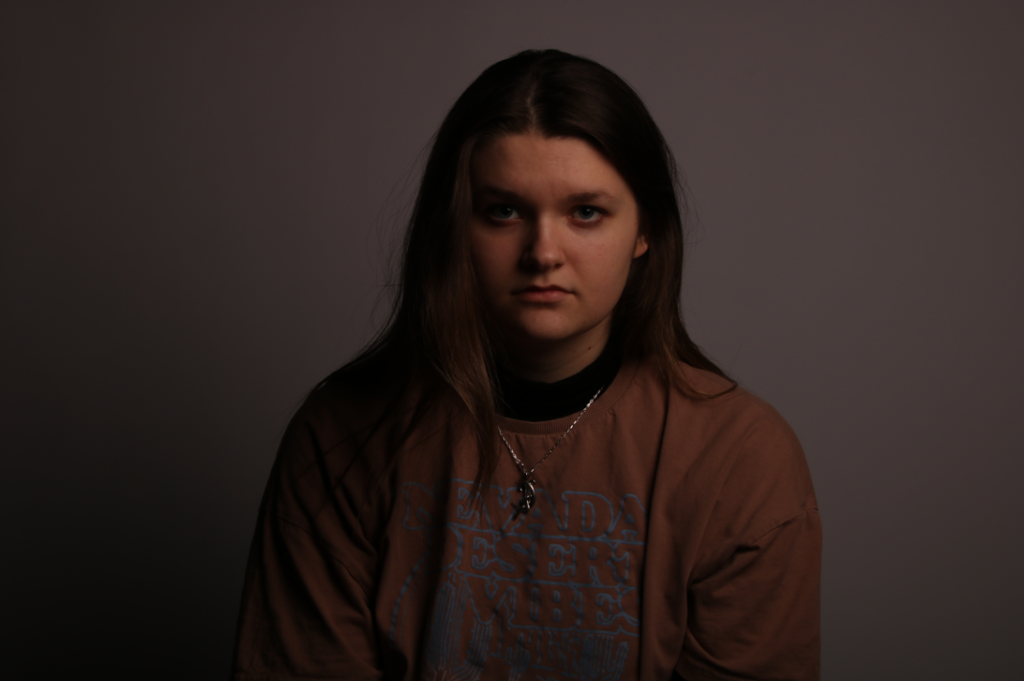

For these pictures, I once again focused on the butterfly and Rembrandt lighting techniques.
Rembrandt Lighting

Some examples:

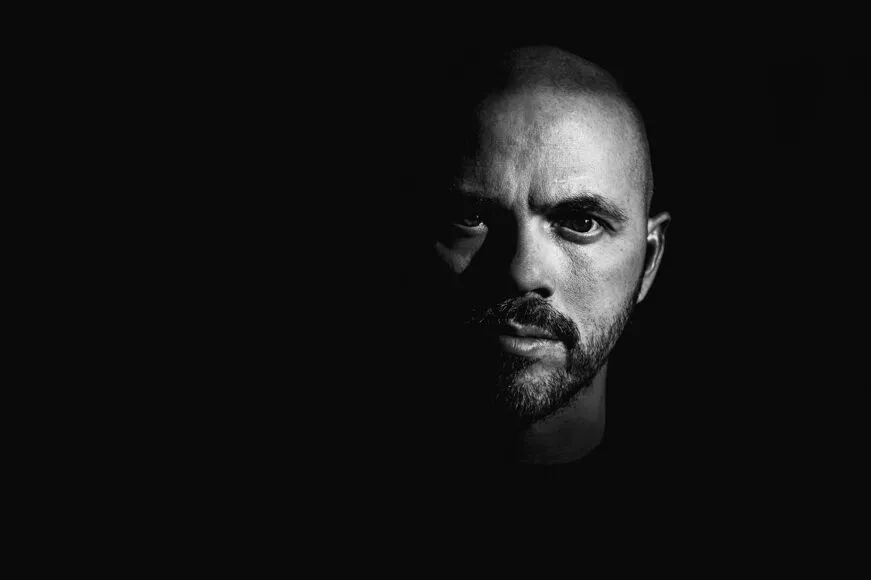
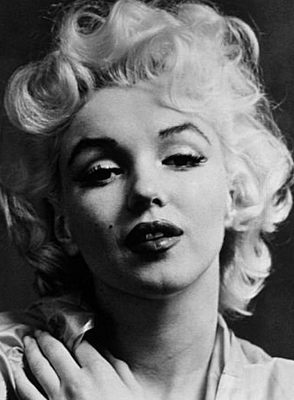
We went to the studio on two occasions, making two separate attempts at Rembrandt lighting.
Our attempts:

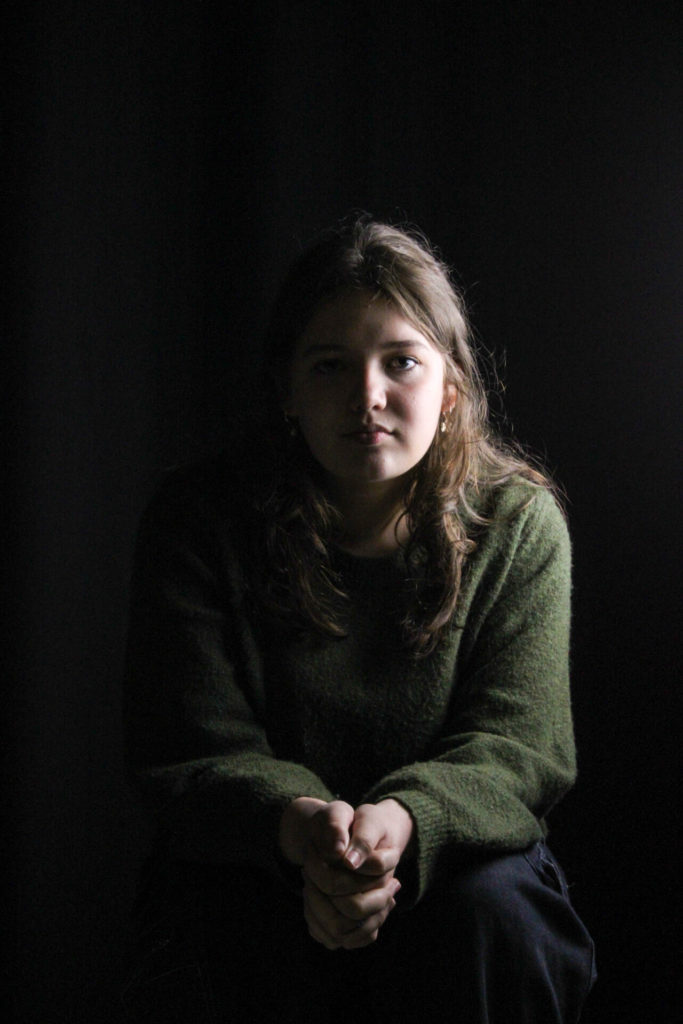


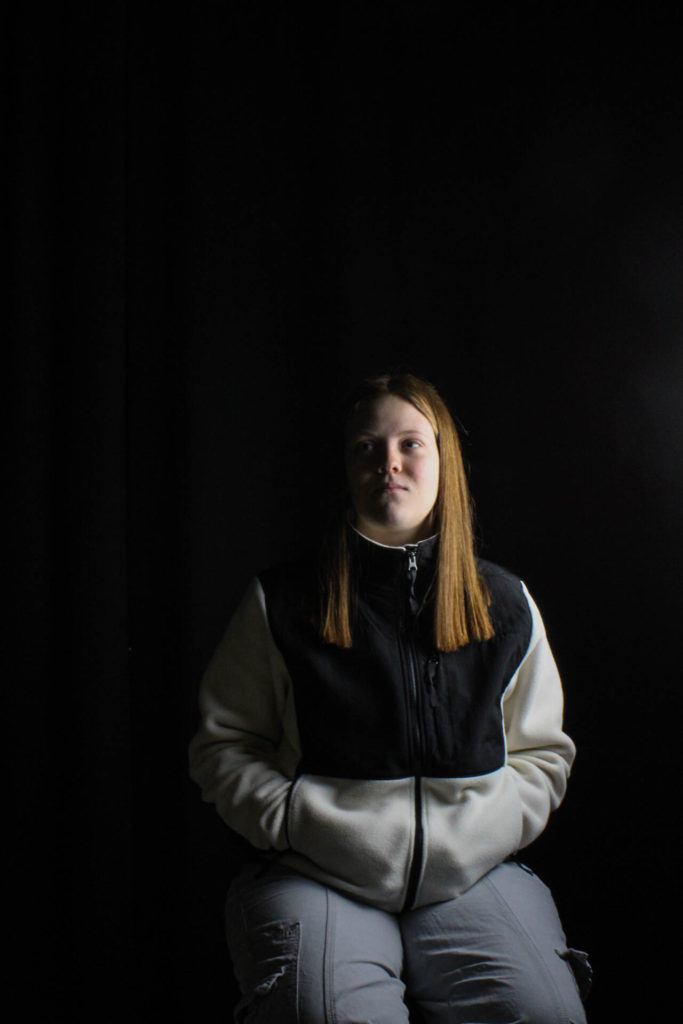
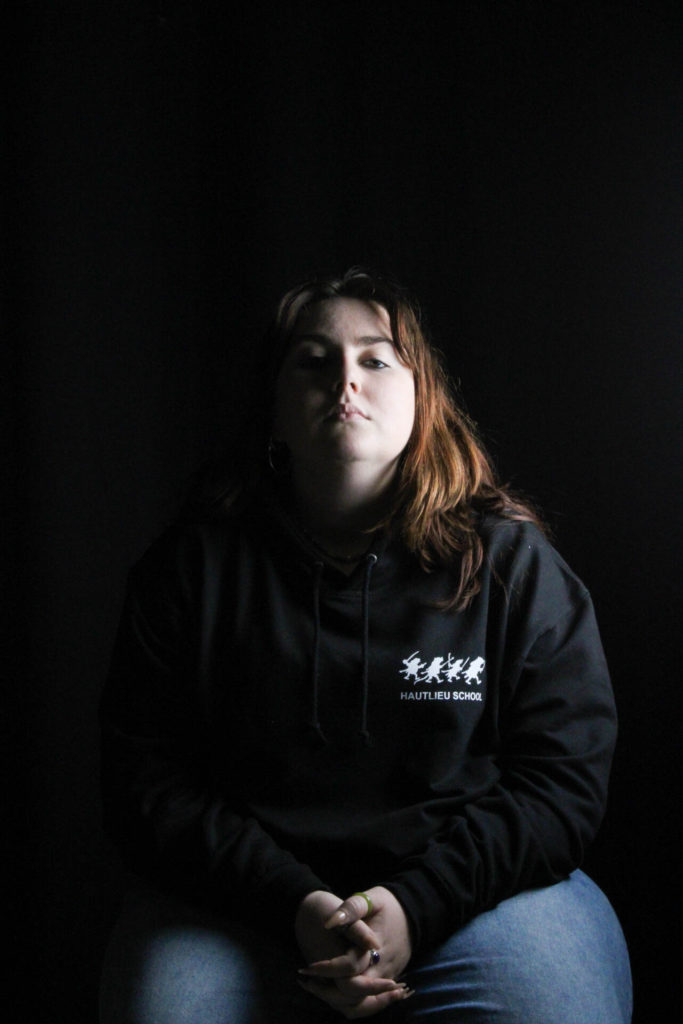
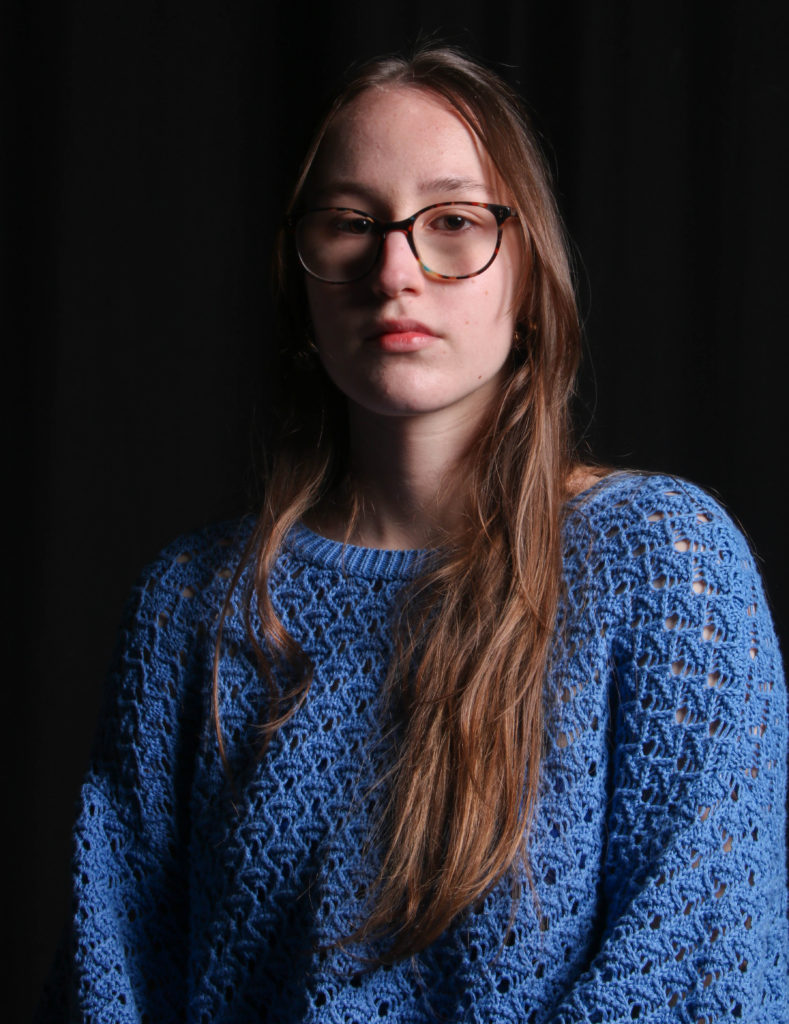
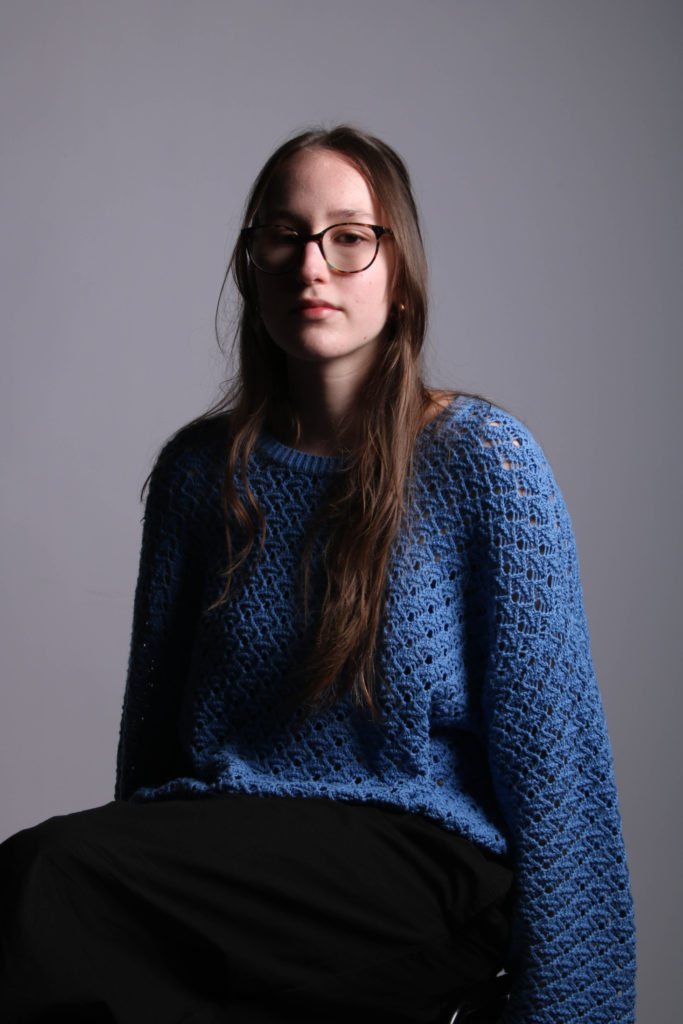
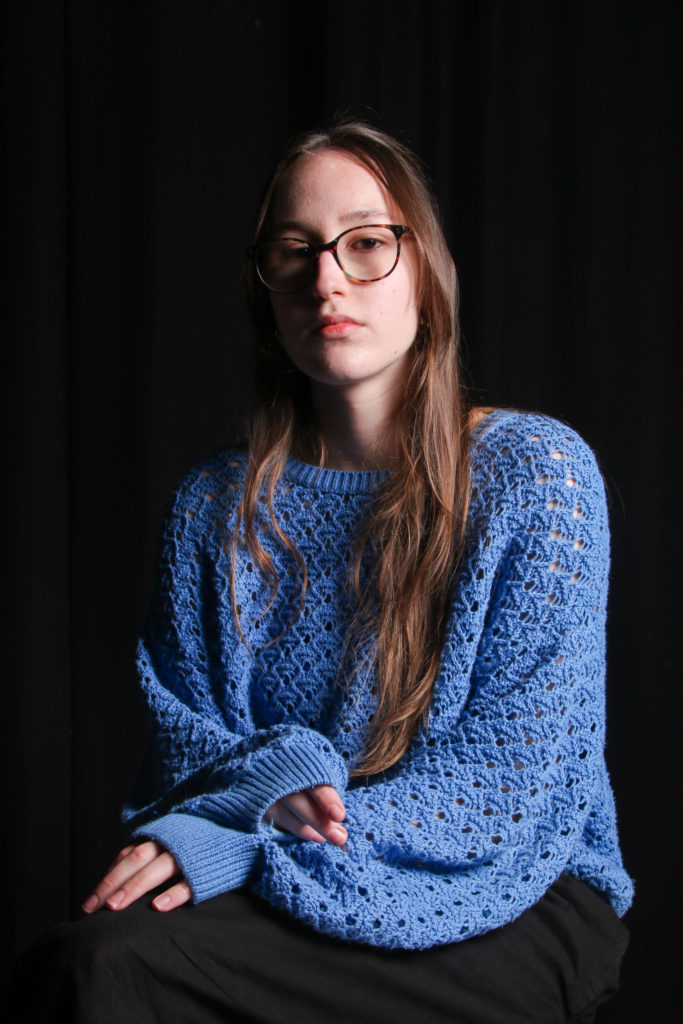
Butterfly Lighting


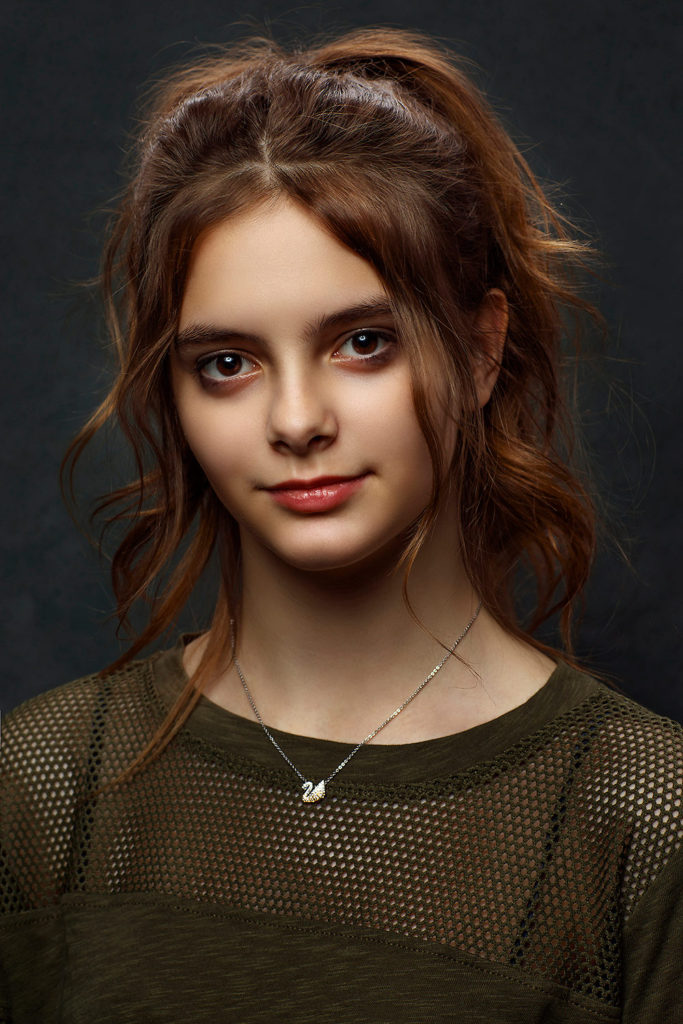
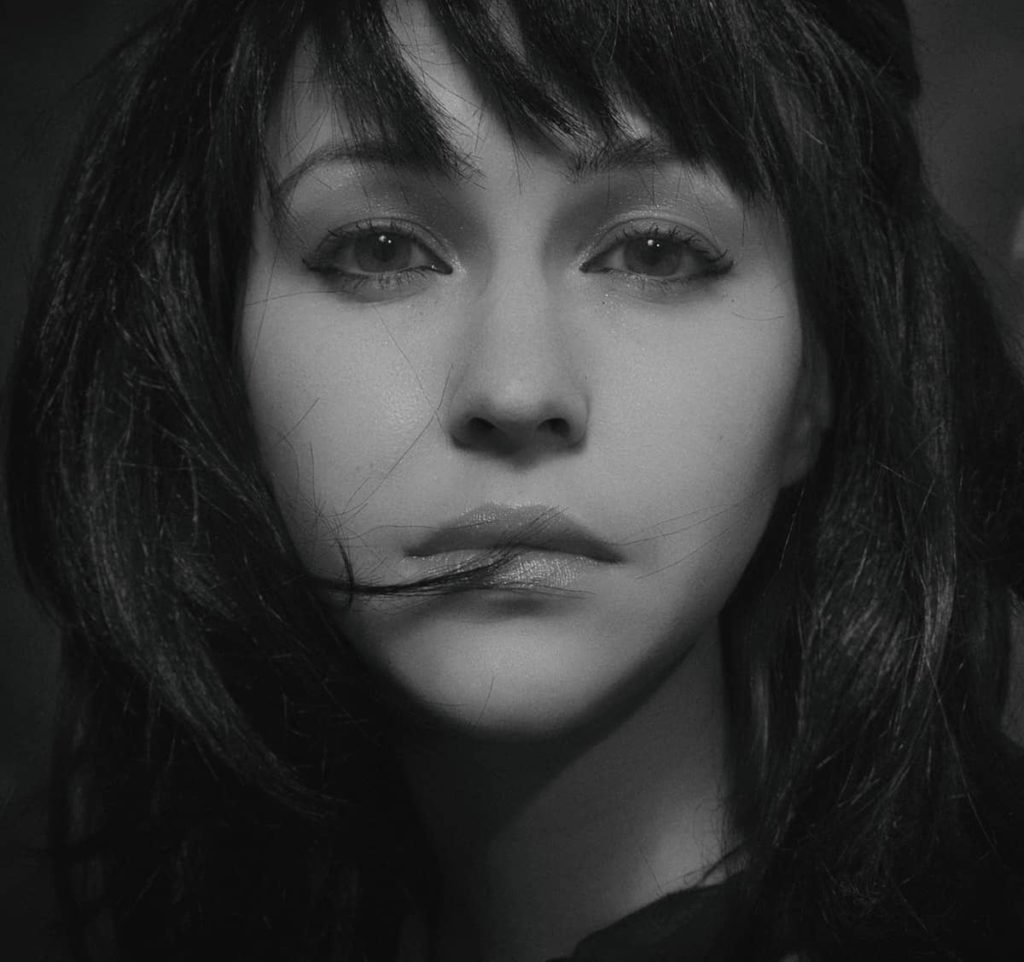
Our attempts:
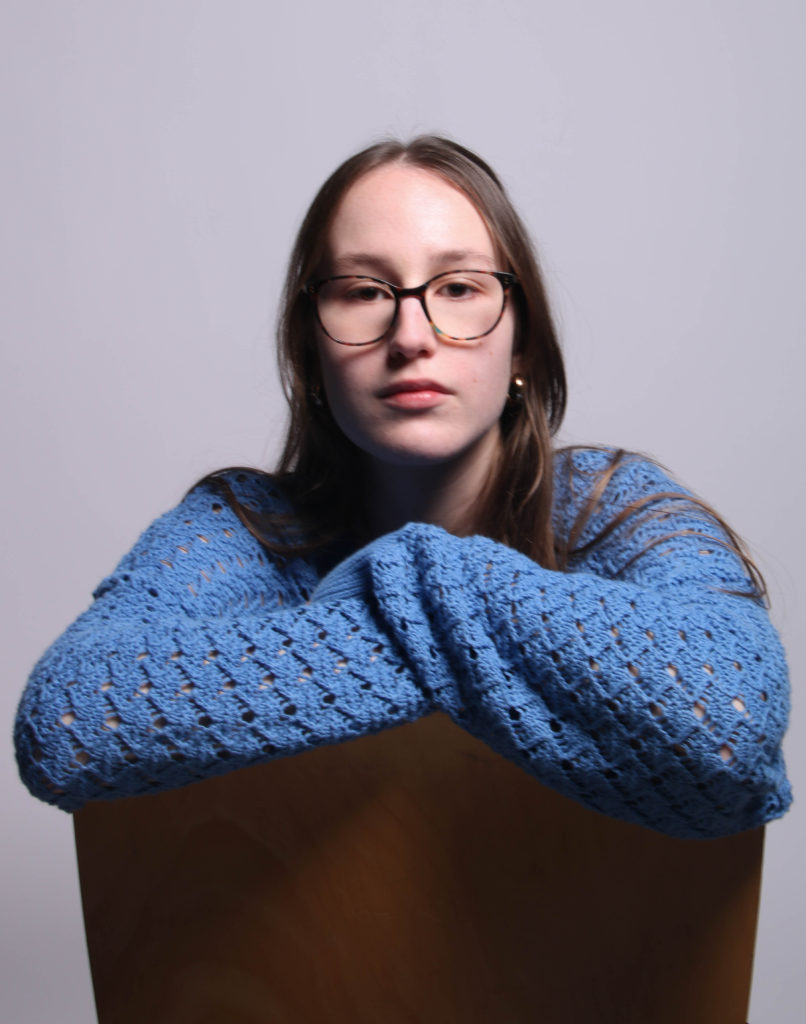

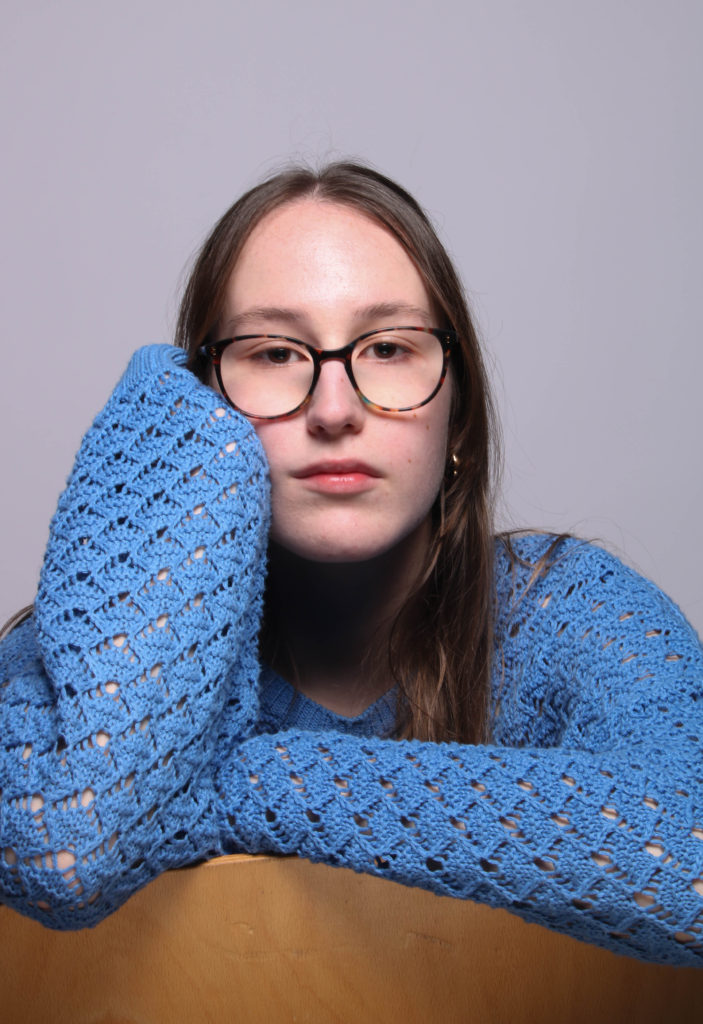
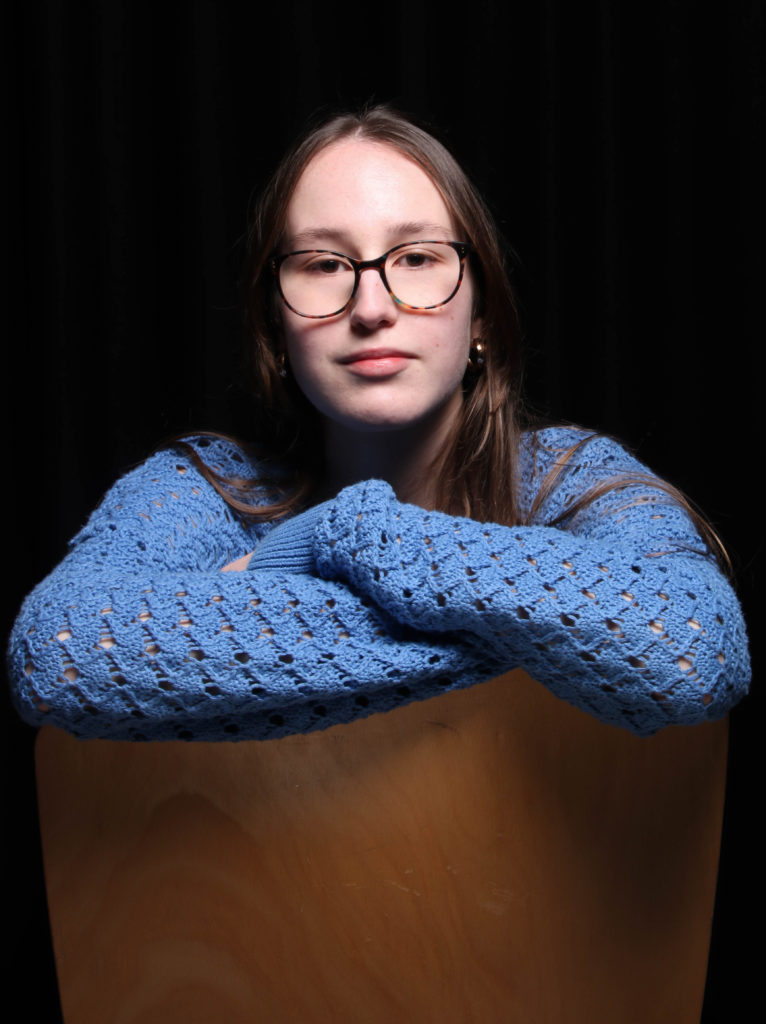


Rim Lighting:
Rim lighting is a technique which lights up a subject by using an off-camera flash. It highlights the contours of a subject and creates a dramatic and mysterious effect.
Rim lighting, also referred to as back or edge lighting, is created by placing a single light behind the subject.
Some examples:
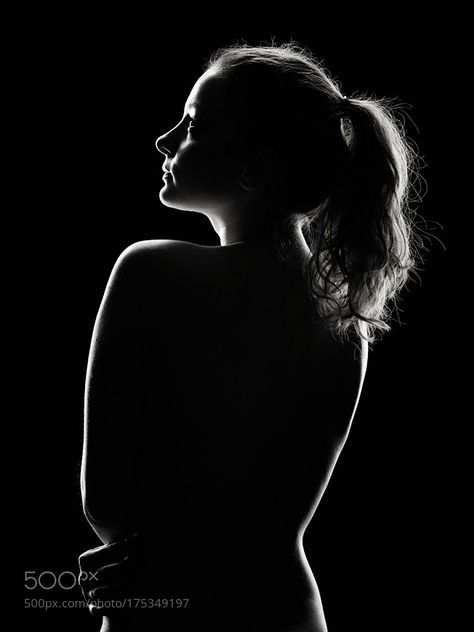

My attempts:

Camera Obscura was initially used to study eclipses without the risk of damaging the eyes by looking directly into the sun. This also meant a reflected image was able to be traced with accuracy. this invention was not only beneficial for scientists, geographers, physicists but also artists. From the 17th century onward some artists used it as an aid to plotting compositions. it was revolutionary to artists as they could perfect their sketches and paintings by tracing the subjects, to make their artwork highly realistic. Comparing to times now this was the beginning of photography, where camera obscura acts as an ancestor of modern cameras.

Also referred to as a pinhole image, it lets light in through a small opening on one side and projects a reversed and inverted image on the other.

The surroundings of the projected image have to be relatively dark for the image to be clear. The human eye works a lot like the camera obscura; both have an opening (pupil), a biconvex lens for refracting light, and a surface where the image is formed (retina).
Early camera obscura devices were large and often installed inside entire rooms or tents. Later, portable versions made from wooden boxes often had a lens instead of a pinhole, allowing users to adjust the focus. Some camera obscura boxes also featured an angled mirror, allowing the image to be projected the right way up.
The history behind Camera Obscura goes do far back to even 4th,6th, 9th century where camera obscura, although not called that, was already present in different form or hints of the experiments that lead to the same idea, the idea that light can be transported into a projector-like mechanism-camera obscura. in 15th century when Leonardo da Vinci started drawing and noting information on the devise, however it wasn’t until 17th century it was decided by art historians to officially introduce it where Dutch master Johannes Vermeer used the camera obscura as an aid to create his paintings.
Abelardo Morell, an contemporary artist, is widely known for creating photographs of indoor rooms, however turning a room into a Camera Obscura. one of his popular photographs is where he turned a room in SANTA MARIA DELLA SALUTE INSIDE PALAZZO BEDROOM, VENICE, ITALY. Of a popular view in Italy, or even in the world.

Once I have visited his own site, I came across many other photographs of different scenery inside different rooms.

Here is a video showing how anyone can produce the same results as Abelardo Morell’s,
https://www.youtube.com/watch?v=gvzpu0Q9RTU, this experiment is exactly what a single camera obscura device did, inside the box, this is possible because the room becomes the box, it needs to be completely dark and the image needs to be a fixed image in order for this to work.
Nicéphore Niépce (1765 – 1833) was an inventor from France. He had many other inventions, however he is mainly considered the inventor of photography.

As he was fascinated in camera obscura, in 1816, he used camera obscura and paper coated with silver chloride to capture small images. his experimentation began, experimenting with other substances, he found Bitumen of Judea – asphalt that can be found in nature and that artists used to make etchings. This bitumen had a characteristic to become less soluble after it had been left exposed to light. the little images were in negative and were not fixed so they would turn completely black when exposed to the light. He dissolved bitumen in lavender oil and covered a metal plate with it. When it is dried, plate was covered with paper that had a drawing on it and left on sun like that. After some time, bitumen would harden while the shielded was still soft and could be removed with solvent. Bare parts of plate could then be etched with acid and plate used for printing. Niépce called this method heliography, meaning “sun drawing”. First images that he made with this method were made in 1822 but they didn’t survive to this day.
I have found a video explaining his experiment visually https://www.youtube.com/watch?v=xK93KnmcpK8
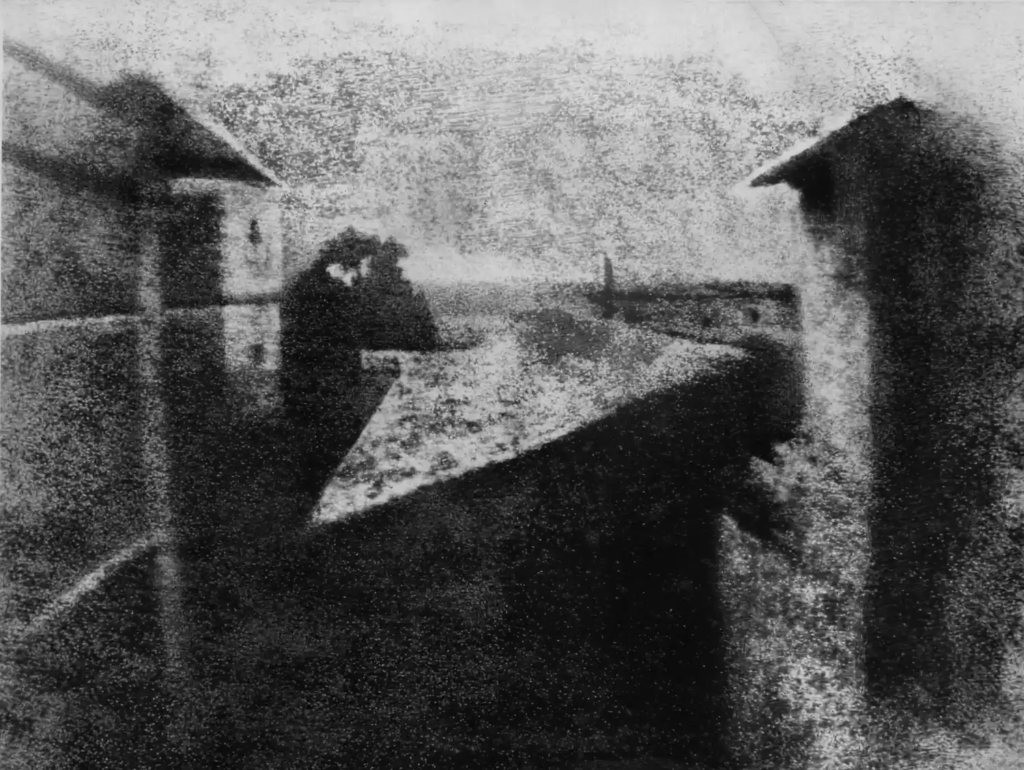
In 1824, Niépce used, for the first time, bitumen plates in camera obscura to take a picture. This picture of the view from a window in his house didn’t survive but he made another like it in 1826 or 27 and that photography is considered the oldest surviving photography. this is why he is considered the first ever photographer.
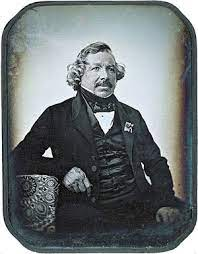
At the same time as Niepce, Louis Daguerre was also fascinated with photography, and in 1829, Niépce entered into a partnership with him. They kept on expanding and developing the method until Niépce died in 1833. Daguerre continued experimenting and developed his process that he called “daguerréotype”
In January of 1839, the invention of a photographic system that would fix the image caught in the camera obscura was formally announced in the London periodical The Athenaeum.
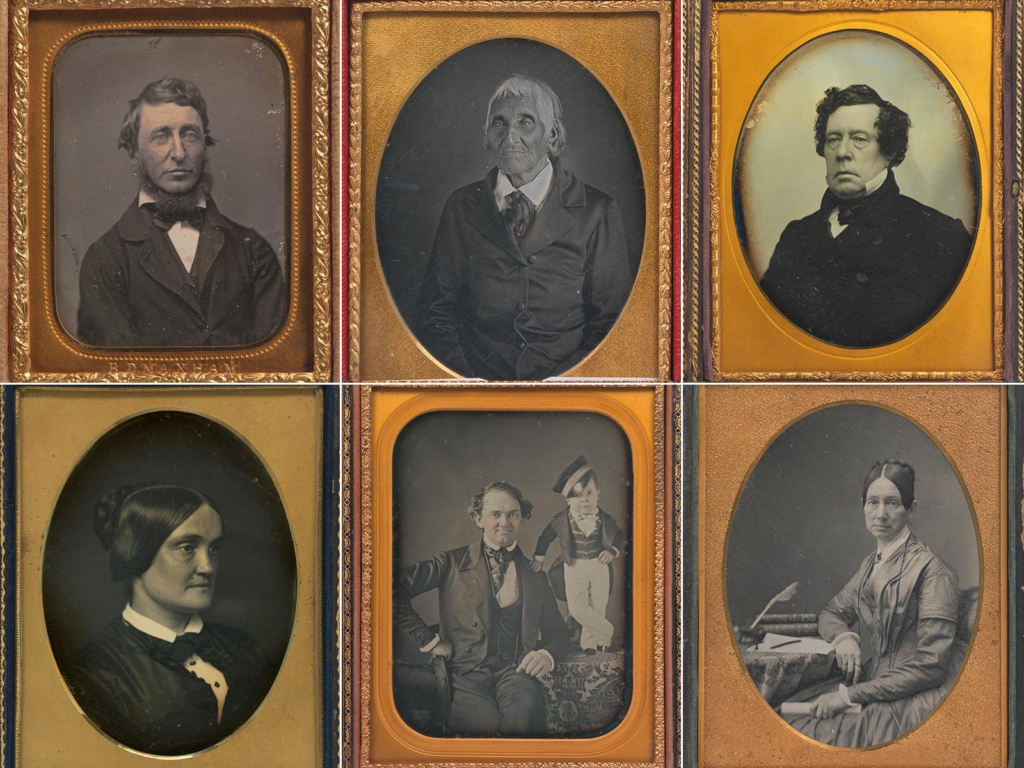
His method was used in portraiture for smaller photographs on plates, these made great to mail size as they fitted in an envelope easily, but because of a still “complex” process to produce, were not widely available and mainly for wealthier community.
The video bellow explains how a daguerreotype was created. it was made by treating silver-plated copper sheets with iodine to make them sensitive to light, then exposing them in a camera and “developing” the images with warm mercury vapor. The fumes from the mercury vapor combined with the silver to produce an image. The plate was washed with a saline solution to prevent further exposure. this was a step up to Heliography, the photographs we much more sharper, were developed quicker and lasted for longer.

the above image is quite revolutionary, especially for Louis Daguerre, because his daguerreotypes took few minuets to develop, every moving object in between would simply not be captured, this is why one of a busy street in France is so empty, what’s interesting is that the only people in the photograph are a shoe polisher boy and a man, this is only because they were still for enough time for the daguerreotype to develop.
Henry Fox Talbot is the original creator of the positive and negative process in photography, he created so called calotype. Sometimes called a “Talbotype.” This process uses a paper negative to make a print with a softer, less sharp image than the daguerreotype, but because a negative is produced, it is possible to make multiple copies.
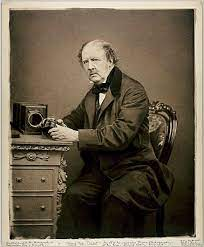
Talbot became frustrated that he was let down, when trying to capture what was right in front of his eyes, he tried drawing and camera obscura but he still was unsatisfied with the results, he wanted to have “the inimitable beauty of the pictures of nature’s painting which the glass lens of the Camera throws upon the paper in its focus—fairy pictures, creations of a moment, and destined as rapidly to fade away.” he wanted to have something that isn’t temporary and that doesn’t have to require artistic talent to create. “how charming it would be if it were possible to cause these natural images to imprint themselves durably, and remain fixed upon the paper.”
in 1834, when coming back to Lacock Abbey, he reconnected with this idea that occurred to him and later, within a few months, he began to experiment with the idea that had occurred to him at Lake Como and soon found that a sheet of fine writing paper, coated with salt and brushed with a solution of silver nitrate, darkened in the sun, and that a second coating of salt impeded further darkening or fading.

He set a pressed leaf or plant on a piece of sensitized paper, covered it with a sheet of glass, and set it in the sun. Wherever the light struck, the paper darkened, but wherever the plant blocked the light, it remained white. He called his new discovery “the art of photogenic drawing.”
Talbot then has mainly been working on this between 1835 and 1839, the same time when Louis Daguerre, had invented recording camera pictures with precision on metal plates.
he then later discovered that an exposure of mere seconds, leaving no visible trace on the chemically treated paper, nonetheless left a latent image that could be brought out with the application of an “exciting liquid”. This discovery, which Talbot patented in February 1841 as the “calotype” process (from the Greek kalos, meaning beautiful), opened up a whole new world of possible subjects for photography.
However even his far more stable calotypes fixed with hypo(A more permanent means of “fixing” the image with hyposulfite of soda, proposed by Talbot’s friend the eminent scientist Sir John Herschel) were inconsistent in their permanence, many deteriorating in quickly.
One of the key problems, which remained an issue for decades after the birth of photography, was not making the image in the first place, ‘fixing’ it, so that it was a stable picture which did not fade. Talbot himself spent many years trying to make his photographic images permanent, with many failed attempts.
only a few months after Louis Daguerre announced his invention, an amateur chemist, took this self-portrait 175 years ago in the back of his family’s silver-plating shop in Philadelphia. On the back, Cornelius wrote: “The first light Picture ever taken. 1839.” It was one of the first Daguerreotypes to be produced in America.

With his own knowledge of chemistry and metallurgy, as well as the help of chemist Paul Beck Goddard, Cornelius attempted to perfect the daguerreotype. Around October 1839, at age 30, Cornelius took a self-portrait outside the family store. The daguerreotype produced is an off-centre portrait of himself with crossed arms and tousled hair., however this meant he had to sit motionless for 10-15 minuets due to the quality of the photographic plate and the technique used.
Cornelius’ photo is the oldest known intentional photographic portrait of a person made in the United States, this is because Louis Daguerre photograph, Boulevard du Temple, included 2 people by accident.
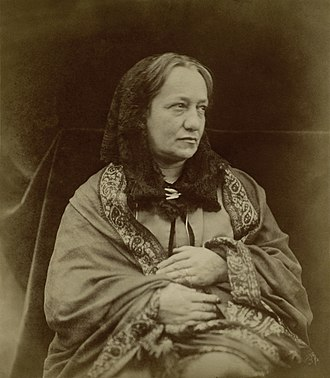
Pictorialism– is an international style and aesthetic movement that dominated photography during the later 19th and early 20th centuries. it refers to a style in which the photographer has somehow manipulated what would otherwise be a straightforward photograph as a means of creating an image rather than simply recording it.
What makes Cameron such an important role in photography, is her influencing the development of pictorialism. it is her discoveries, talent and creativity that influenced others to be experimental with any medium. she was the first to stick with creating “flawed” images, the cracks, spills and discovered photographs would be thought by many to not be worthy enough as an photograph had to be a form of record. she challenged that meaning with manipulating her images to look unfinished or raw because that became her style. she was interested in photography not in the way many were at the time, she was different, which lead to her being an important figure.

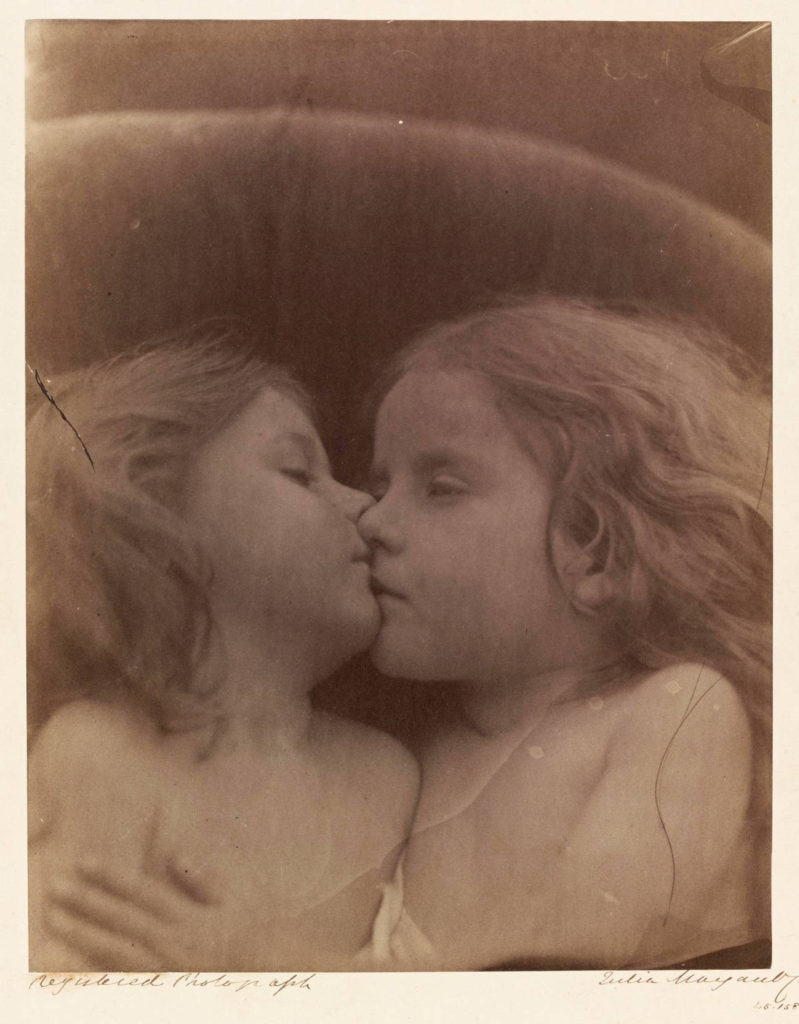

As a gift from her son-in-law and her daughter, Julia Margaret Cameron was 48 when she received her first camera, she then started to pursue her passion for photography. she was so passionate she even rearranged and changed areas of her house for her personal studio “I turned my coal-house into my dark room, and a glazed fowl-house I had given to my children became my glass house!“
She experimented with printing photographs from negatives, experimented in the early 1860s, but at Around 1863, she got gifted the camera. Though Cameron took up photography as an amateur and considered herself an artist, and despite never making commissioned portraits nor establishing a commercial studio, she thought of her photographic activity as a professional endeavour, actively copyrighting, publishing, and marketing her work.
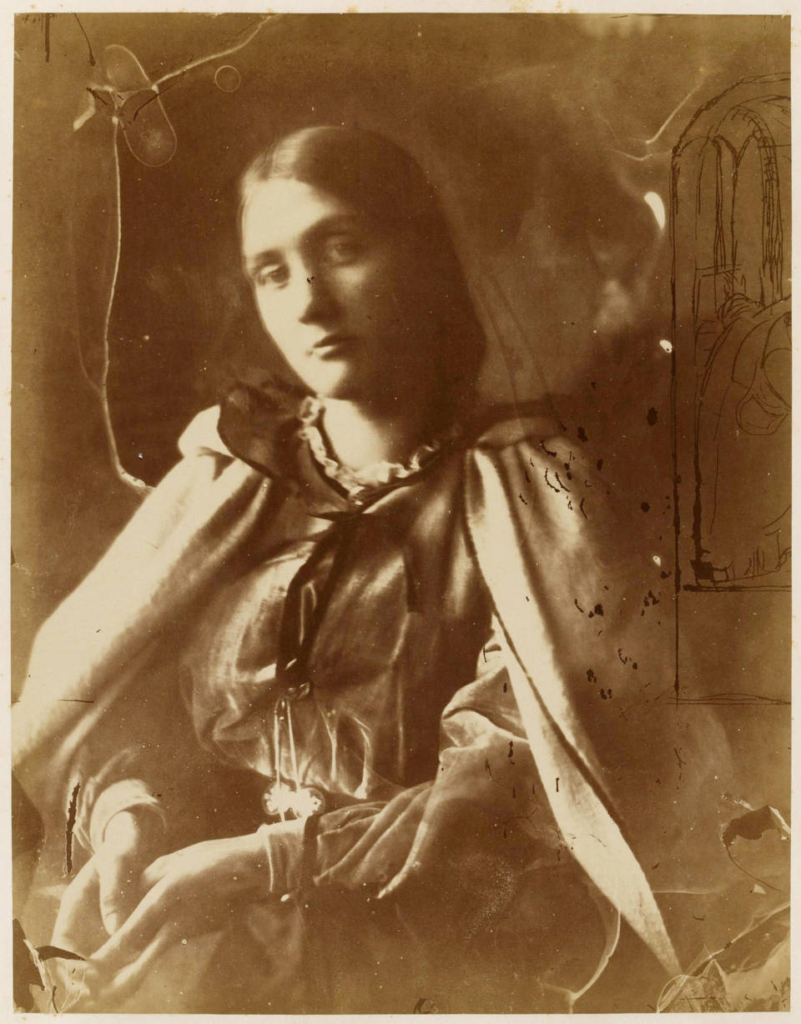
She sometimes scratched into her negatives to make corrections; printed from broken or damaged negatives and occasionally used multiple negatives to form a single picture, she didn’t mind a certain level of visible imperfection.
One of her most extreme examples of manipulating a negative can be seen in a portrait of Julia Jackson(the image above). Cameron scratched a picture into the background of this pious portrait of her niece, to create a hybrid photograph-drawing. The drawing of a draped figure in an architectural setting evokes religious art. She fought of photography being her art, she would rearrange the subjects how she wanted to fit her visions. this is important as not many thought of this side of photography yet, the artistic and self expressionist side.
Moving to Jersey in 1848, Henry Mullins set up a studio known as the Royal Saloon at 7 Royal Square after previously working in London. His son Gustav Mullins was born in St Helier, Jersey, in 1854. Mullins became a partner in the business in 1883, leading to the now famous brand of ‘Hughes and Mullins’. HIs son, was a portrait photographer, patronised by Queen Victoria. and has produced many photographs of the royal family.
Henry’s speciality were cartes de visite. Cartes de visite consist of a print stuck to a card mount of about 4 ⅛” x 2 ½” in size. The prints were mostly albumen and, later, emulsion based printing-out-paper. Other processes, including carbon and Woodburytype, were also used.
Cartes de visite considerably reduced the cost of having a portrait taken and made it within reach of most people, as a result there was a dramatic increase in the number of studio photographers.
